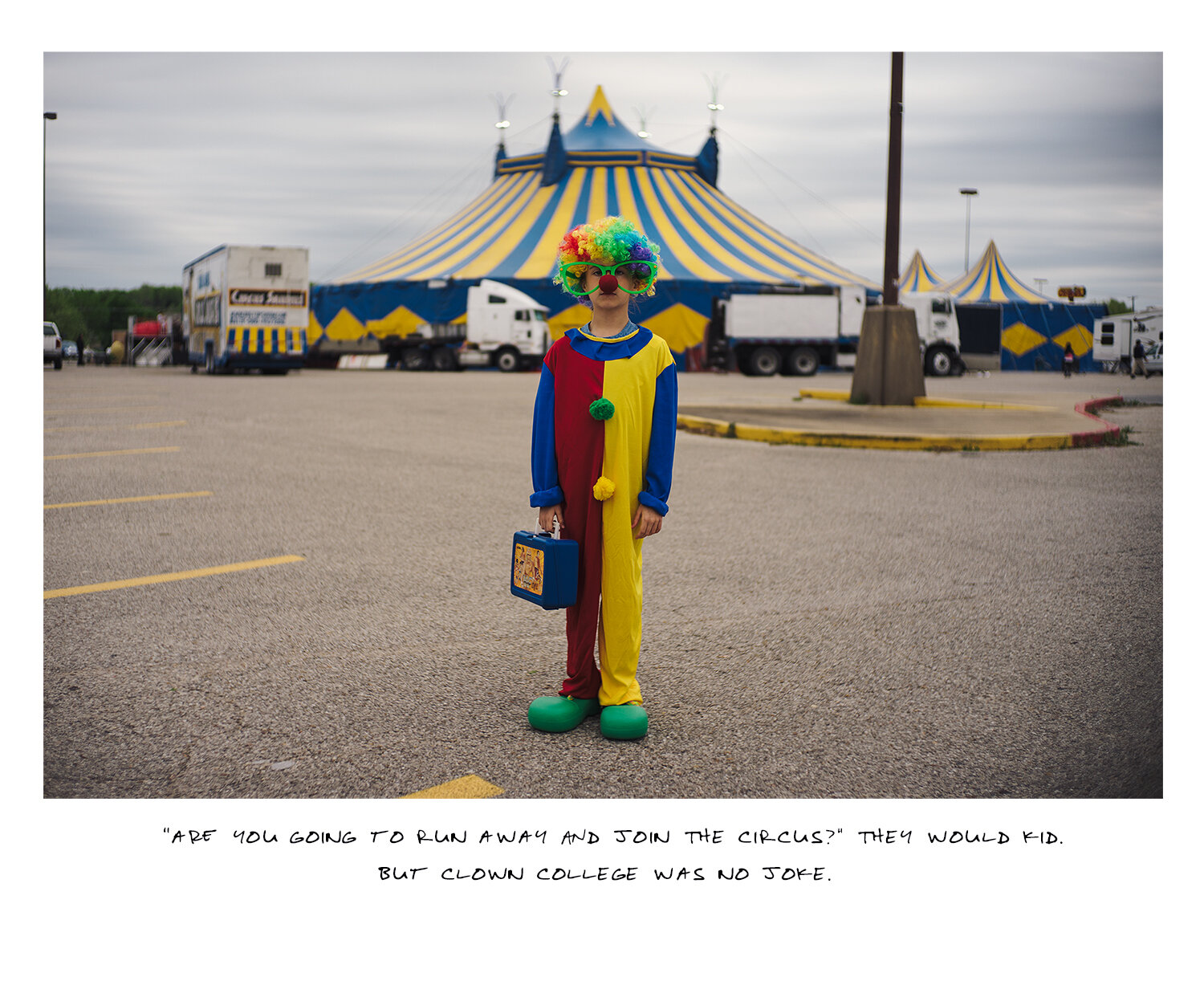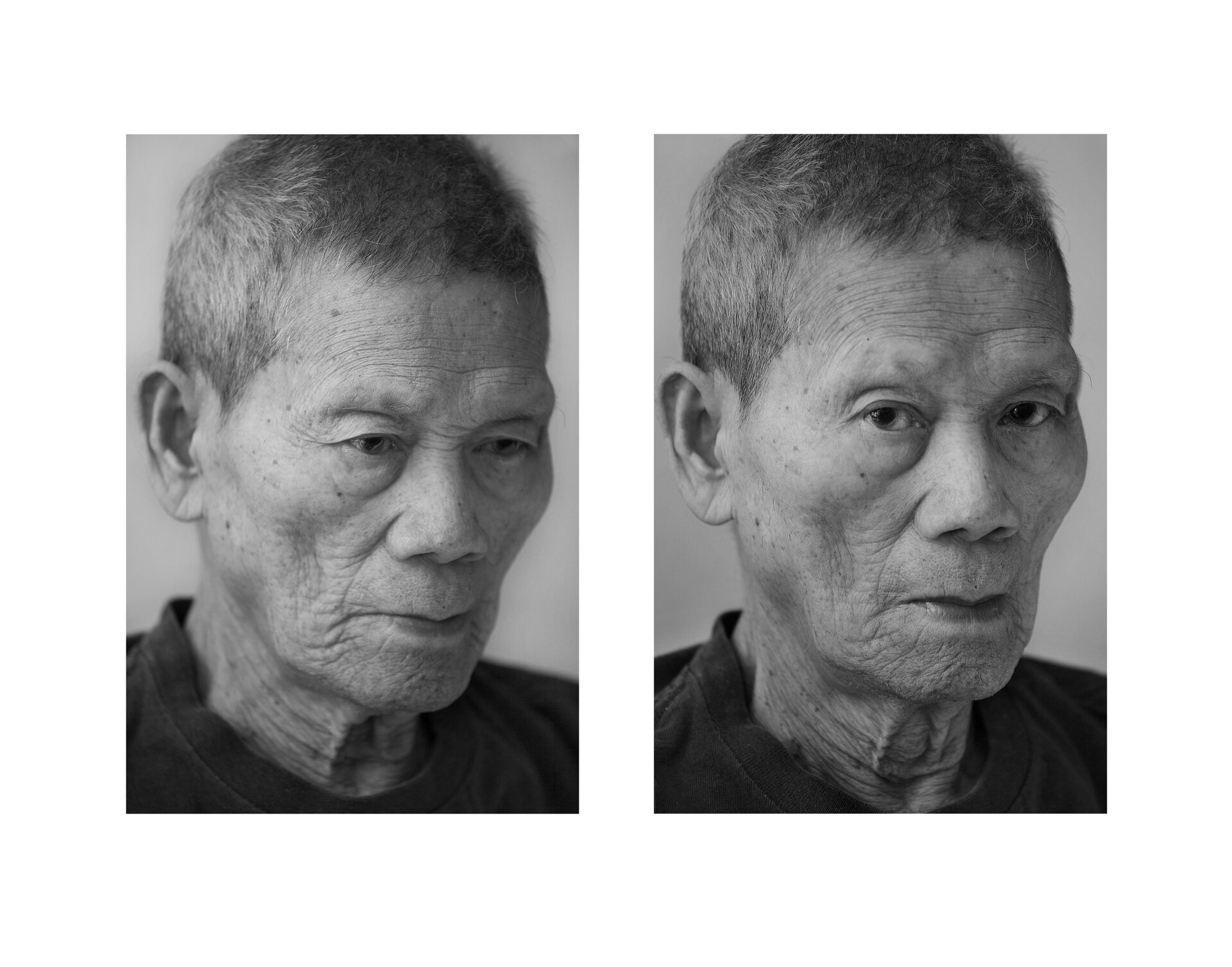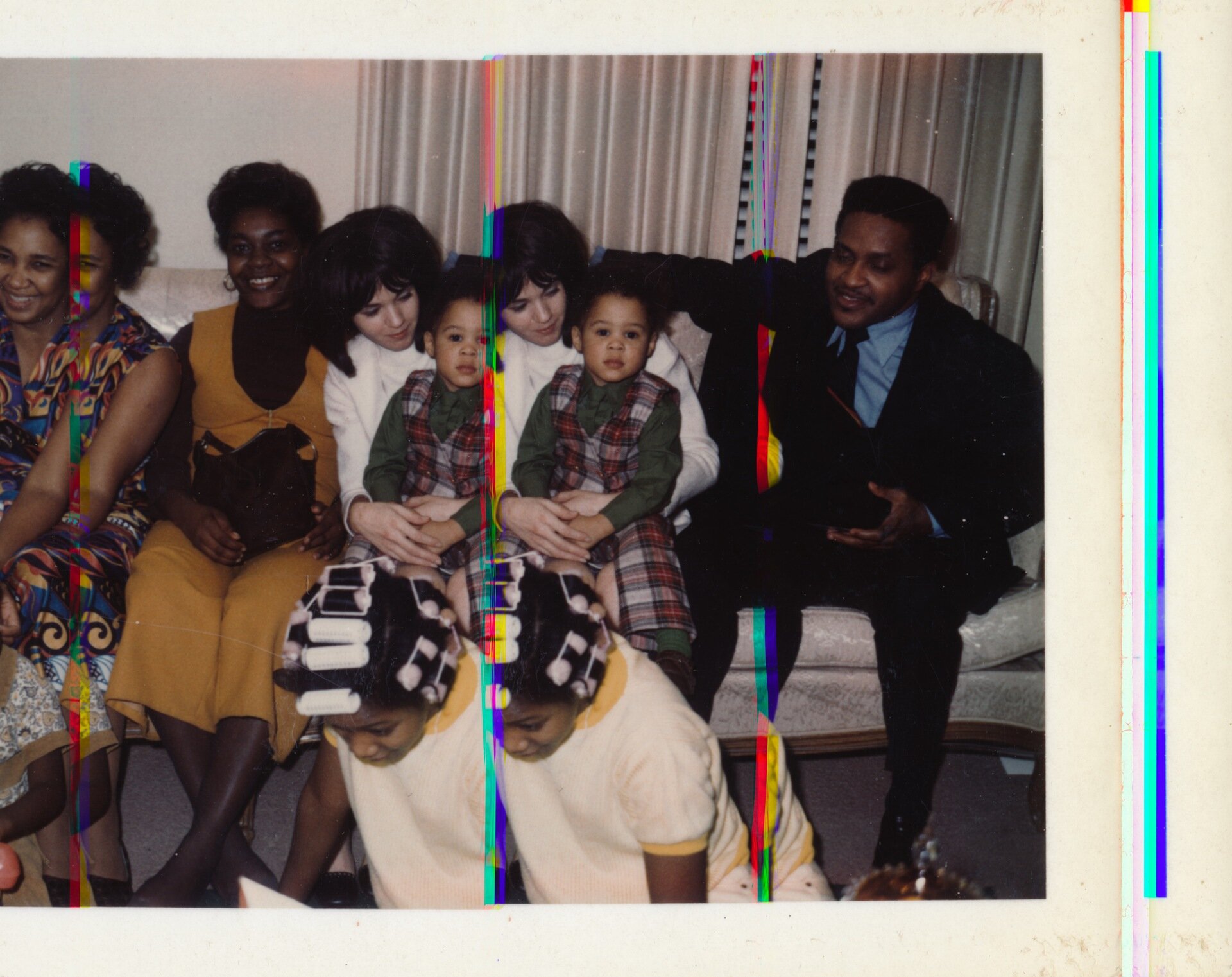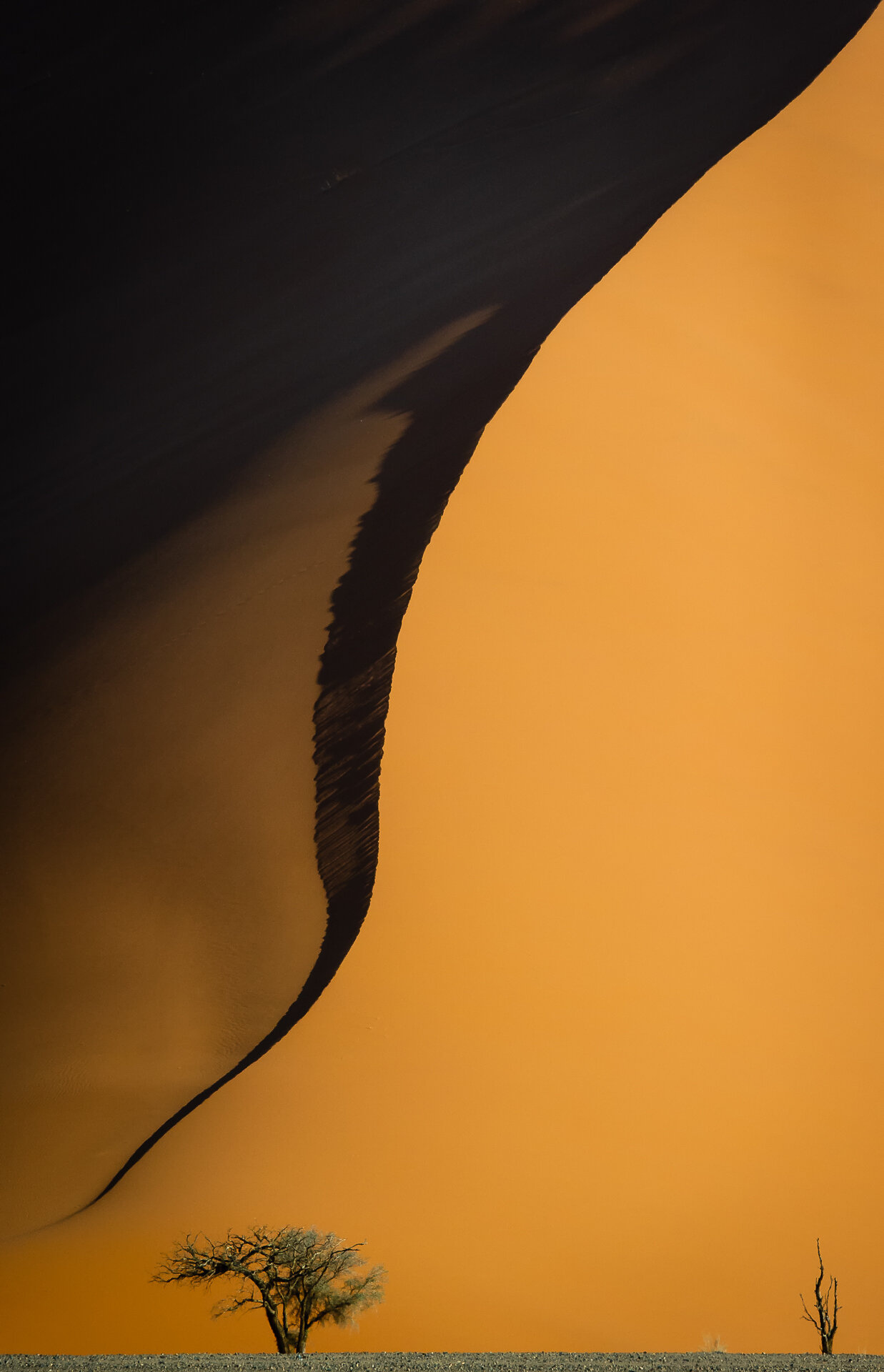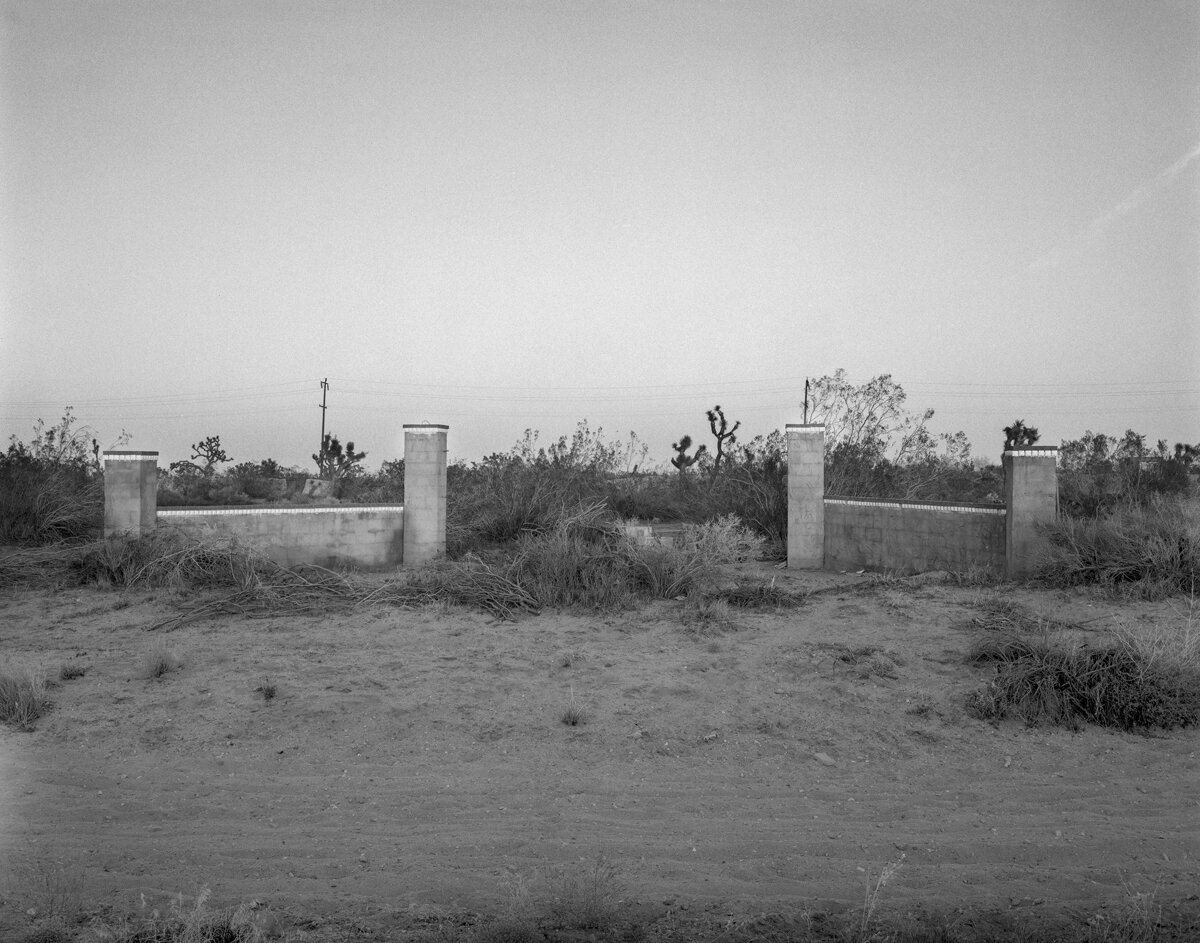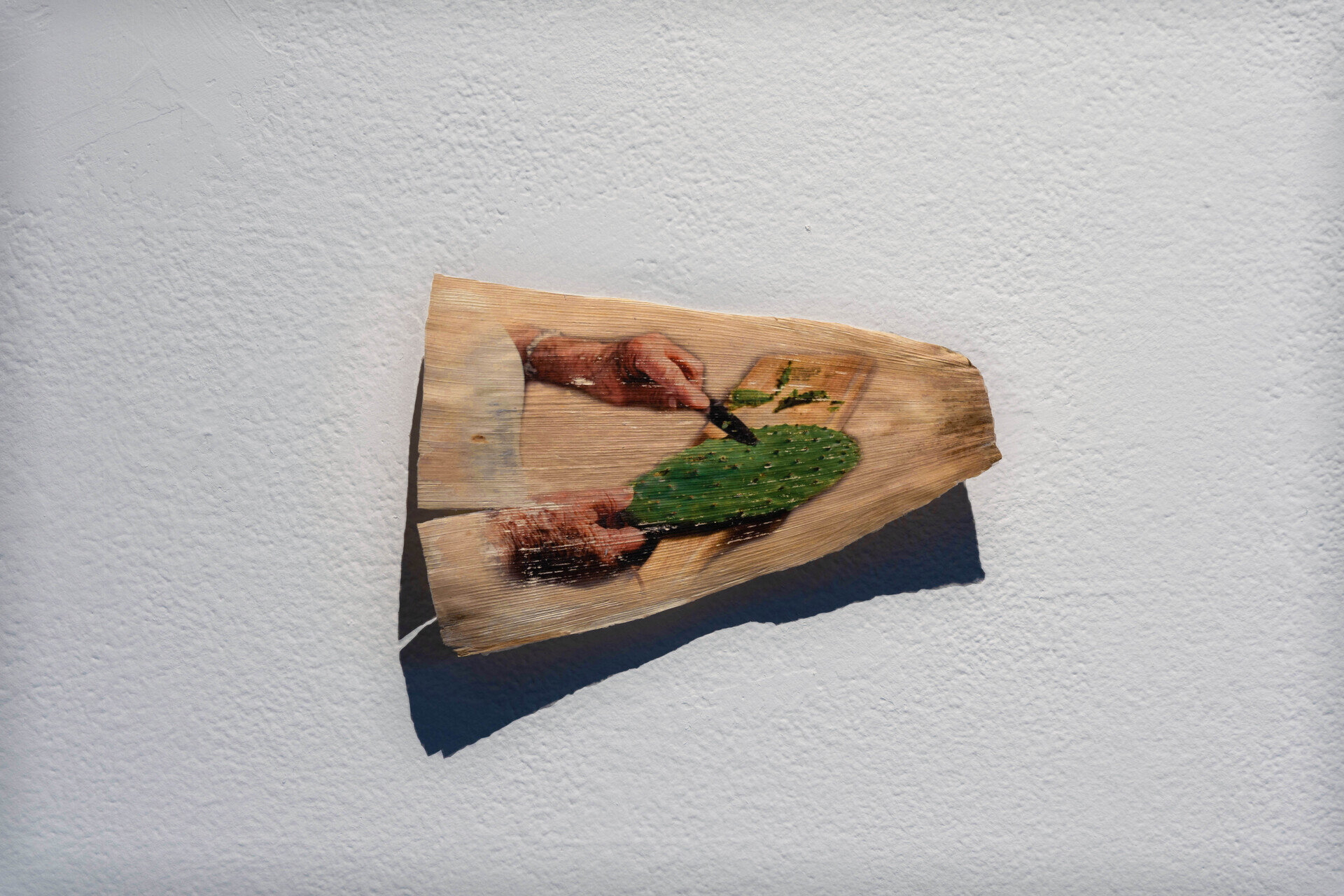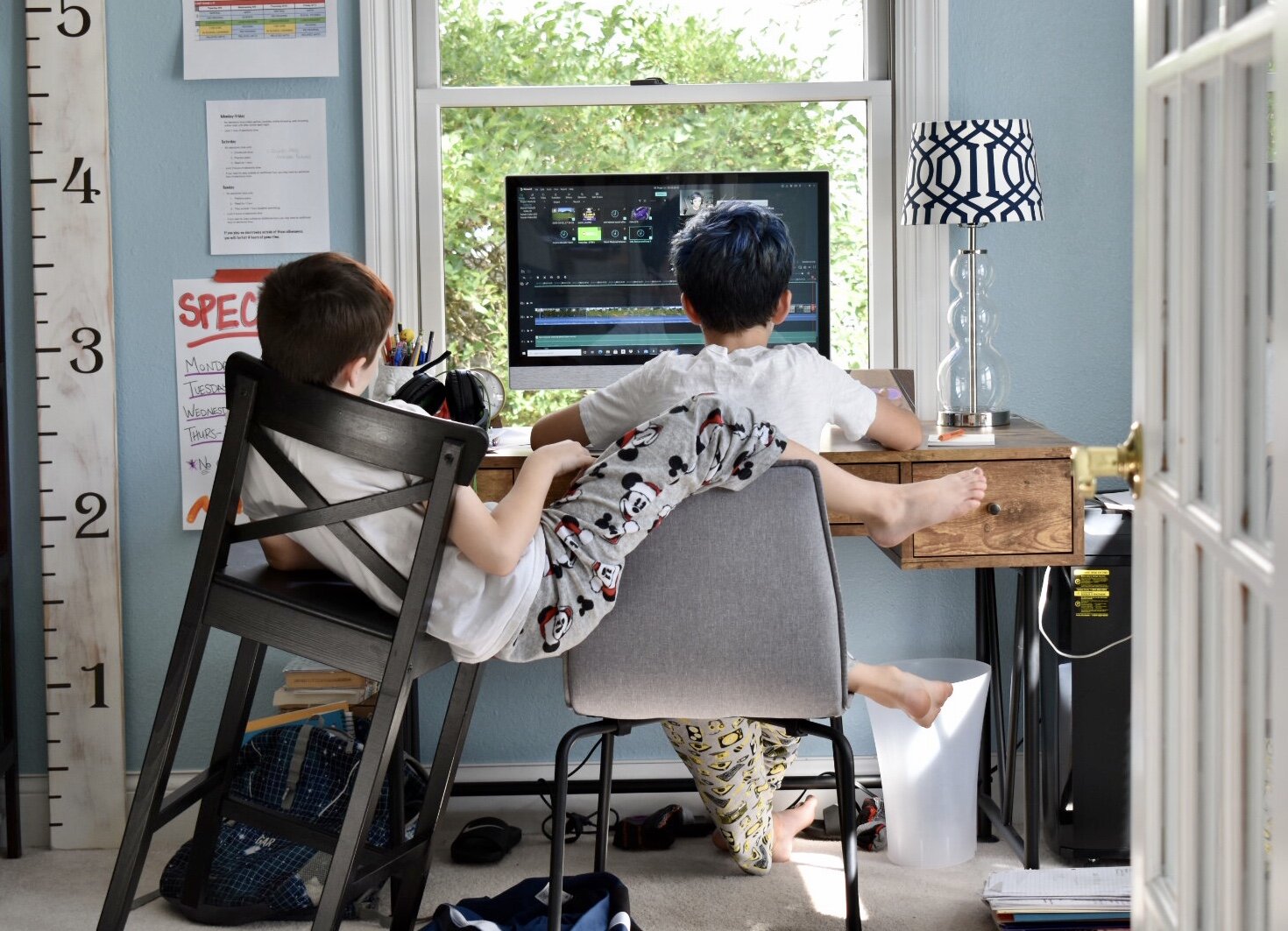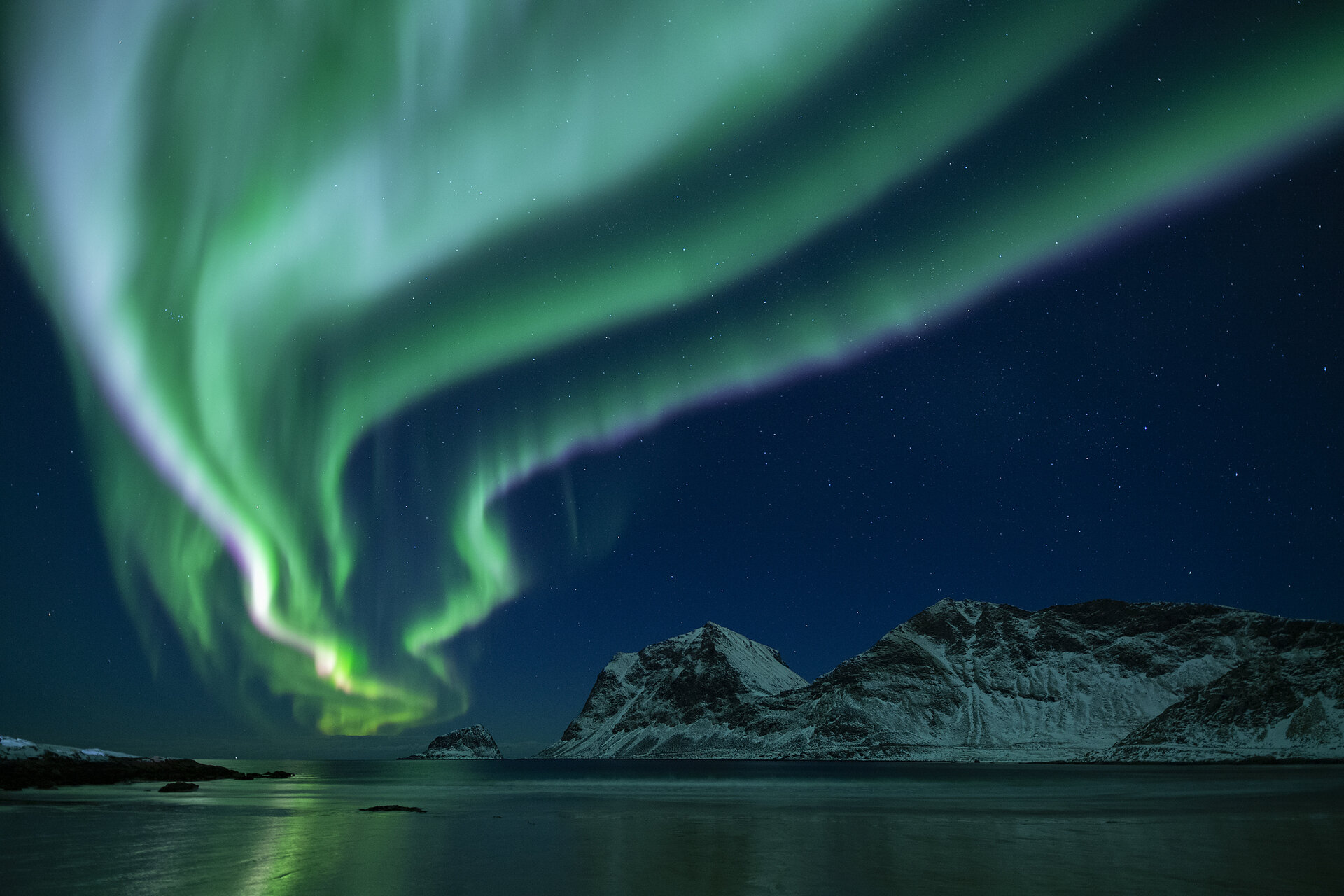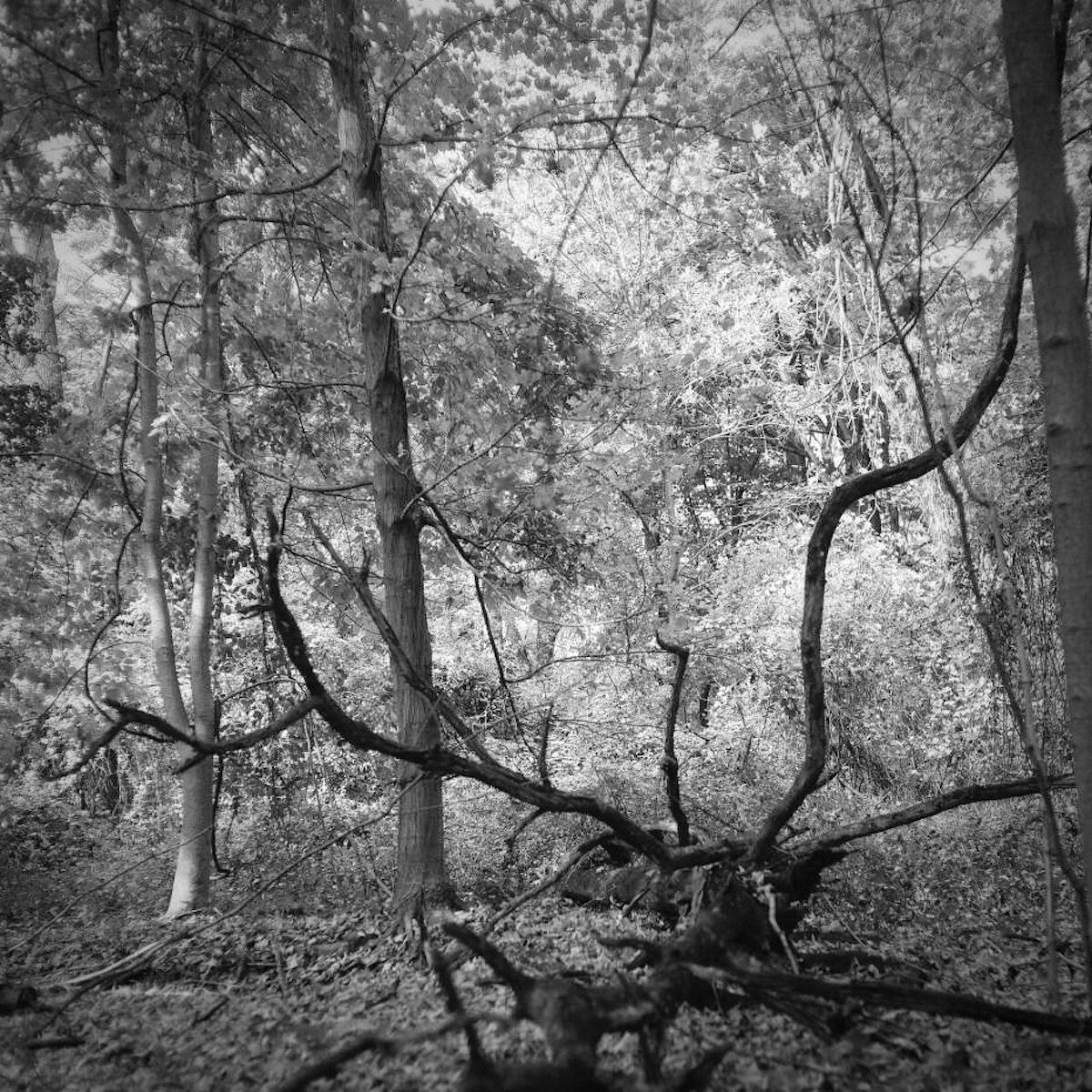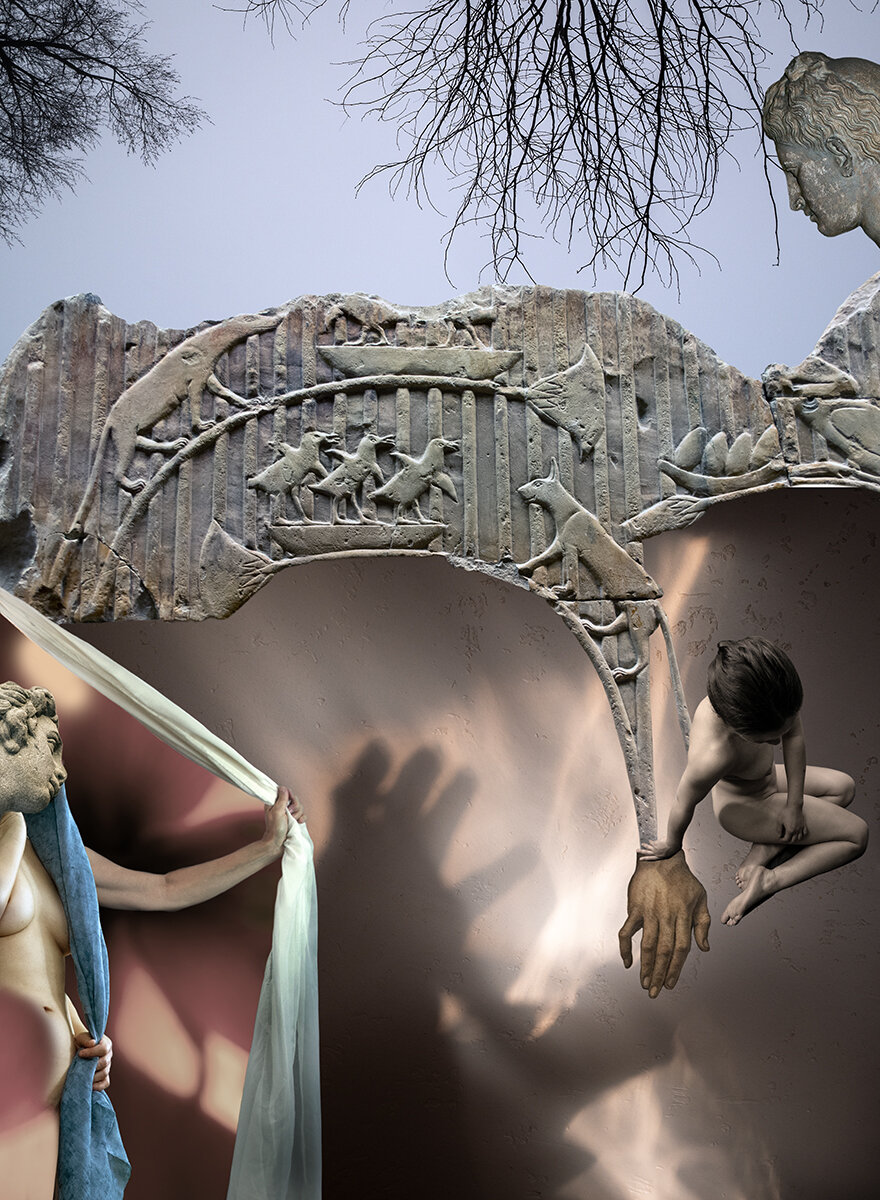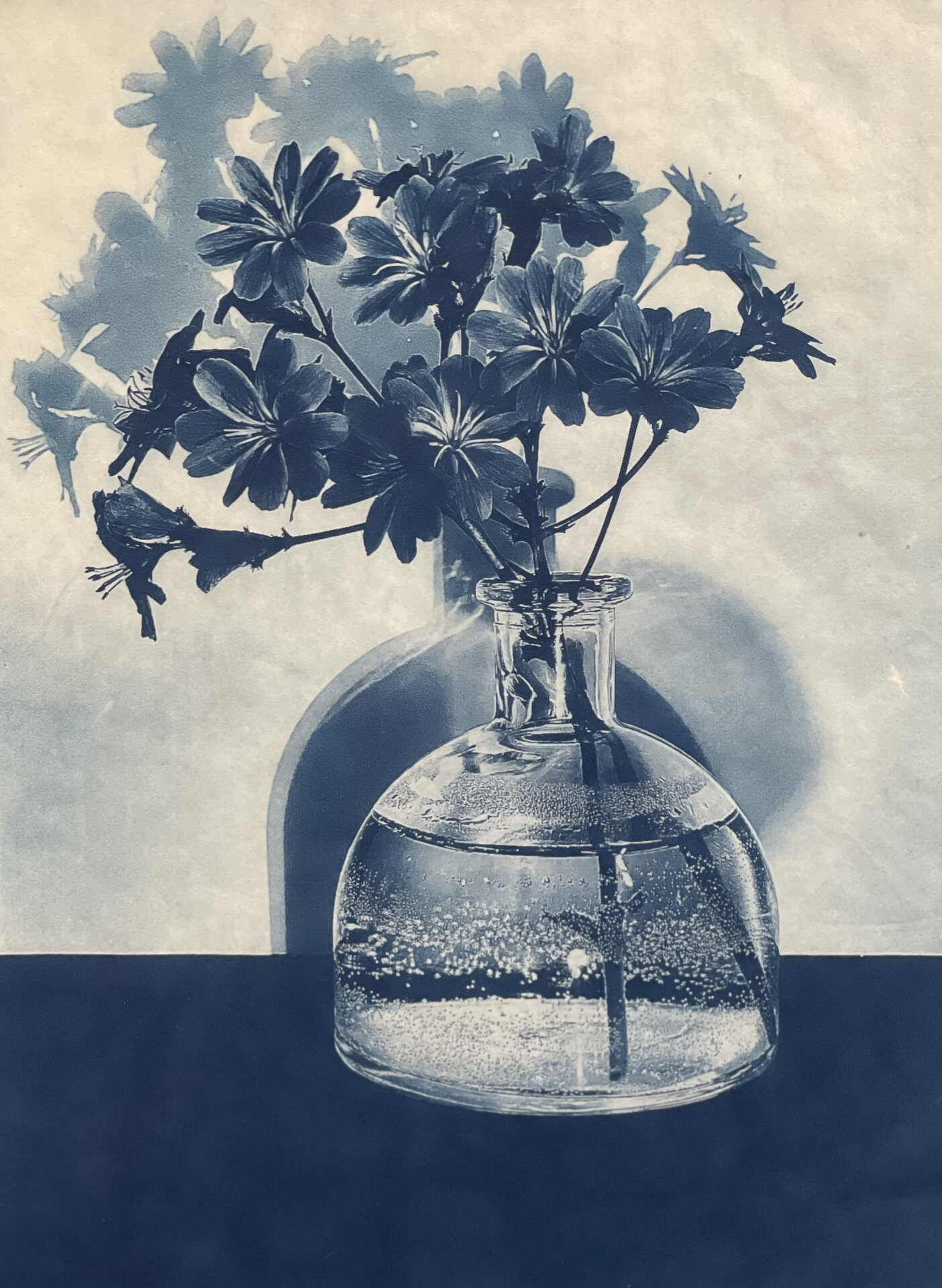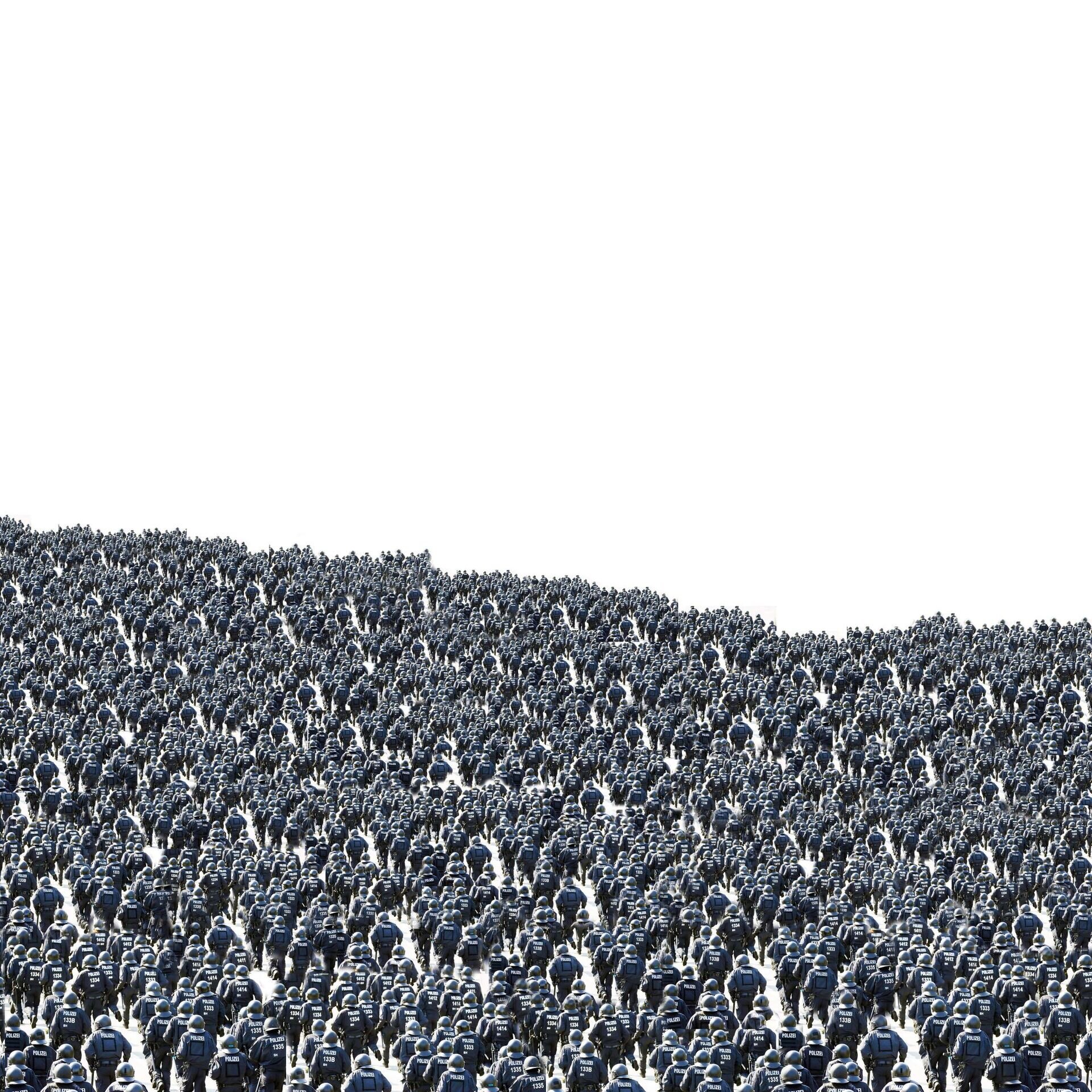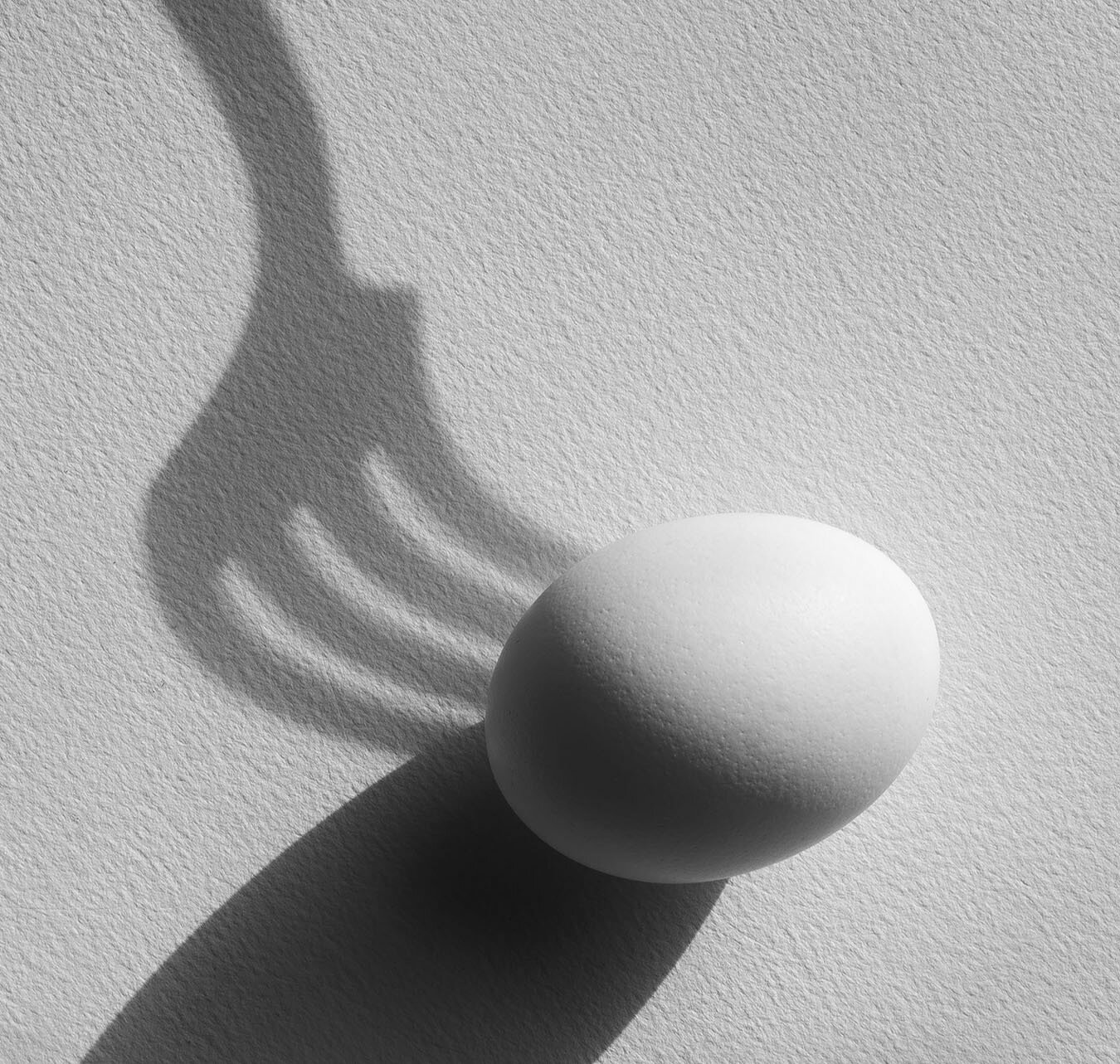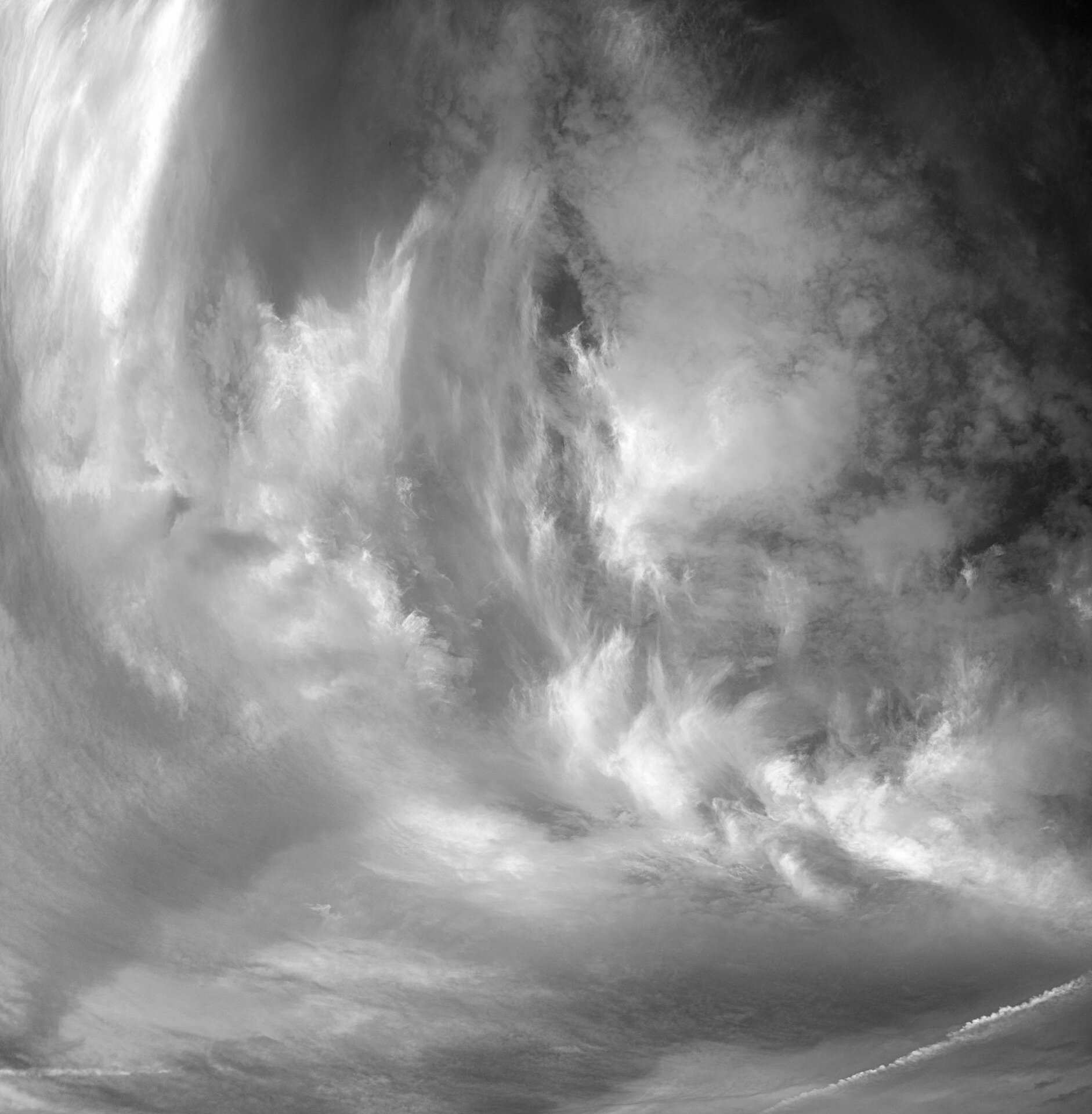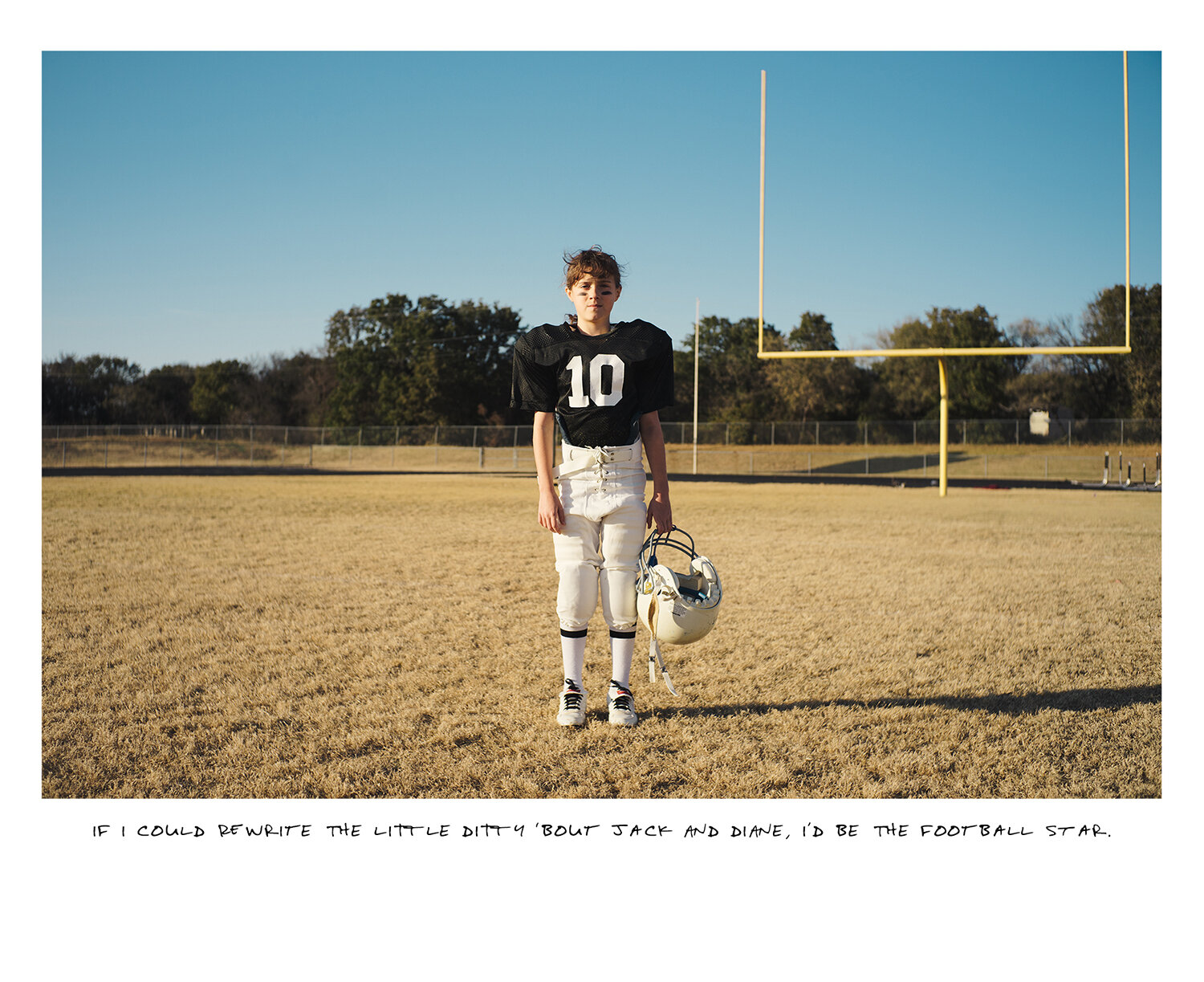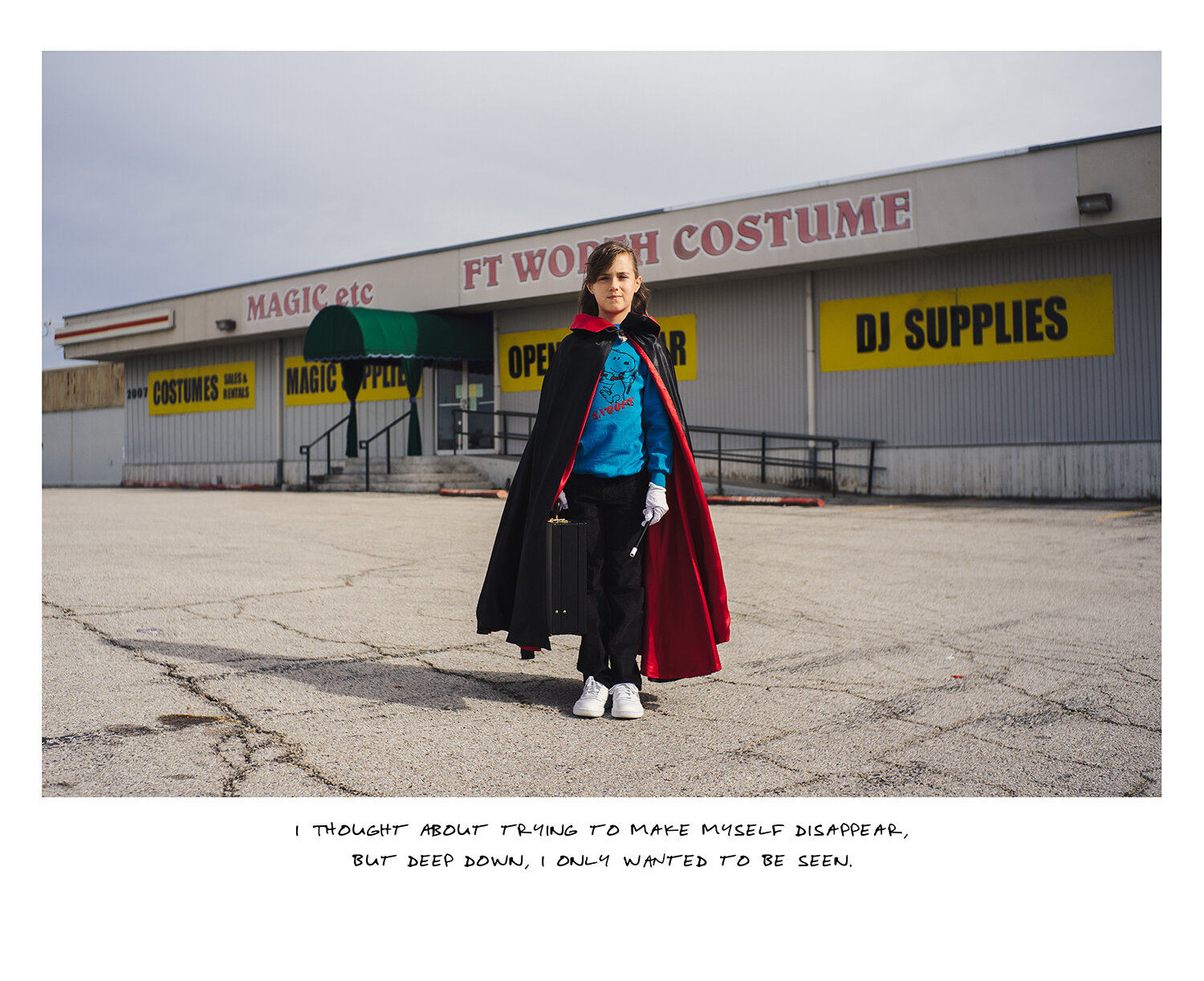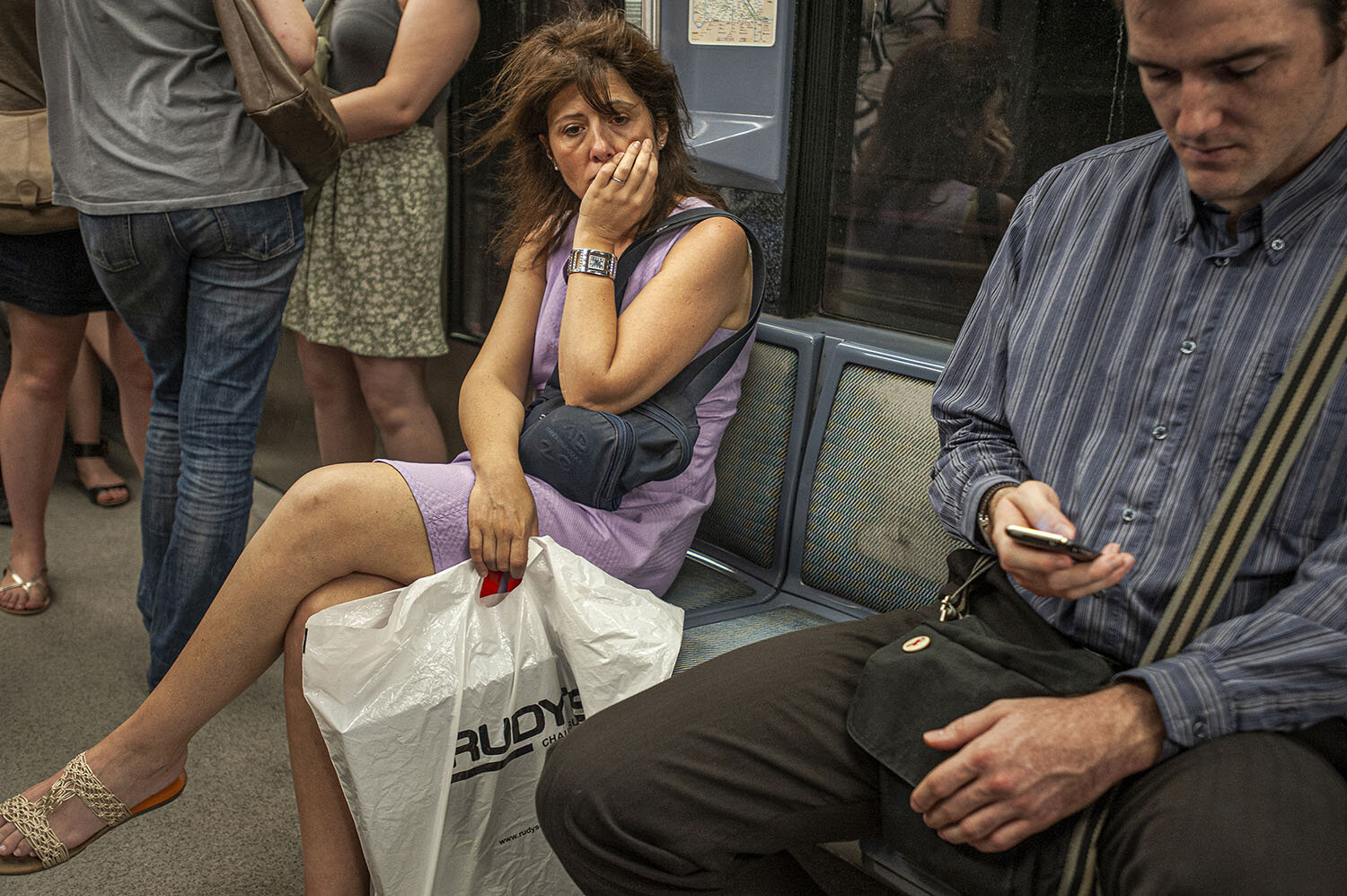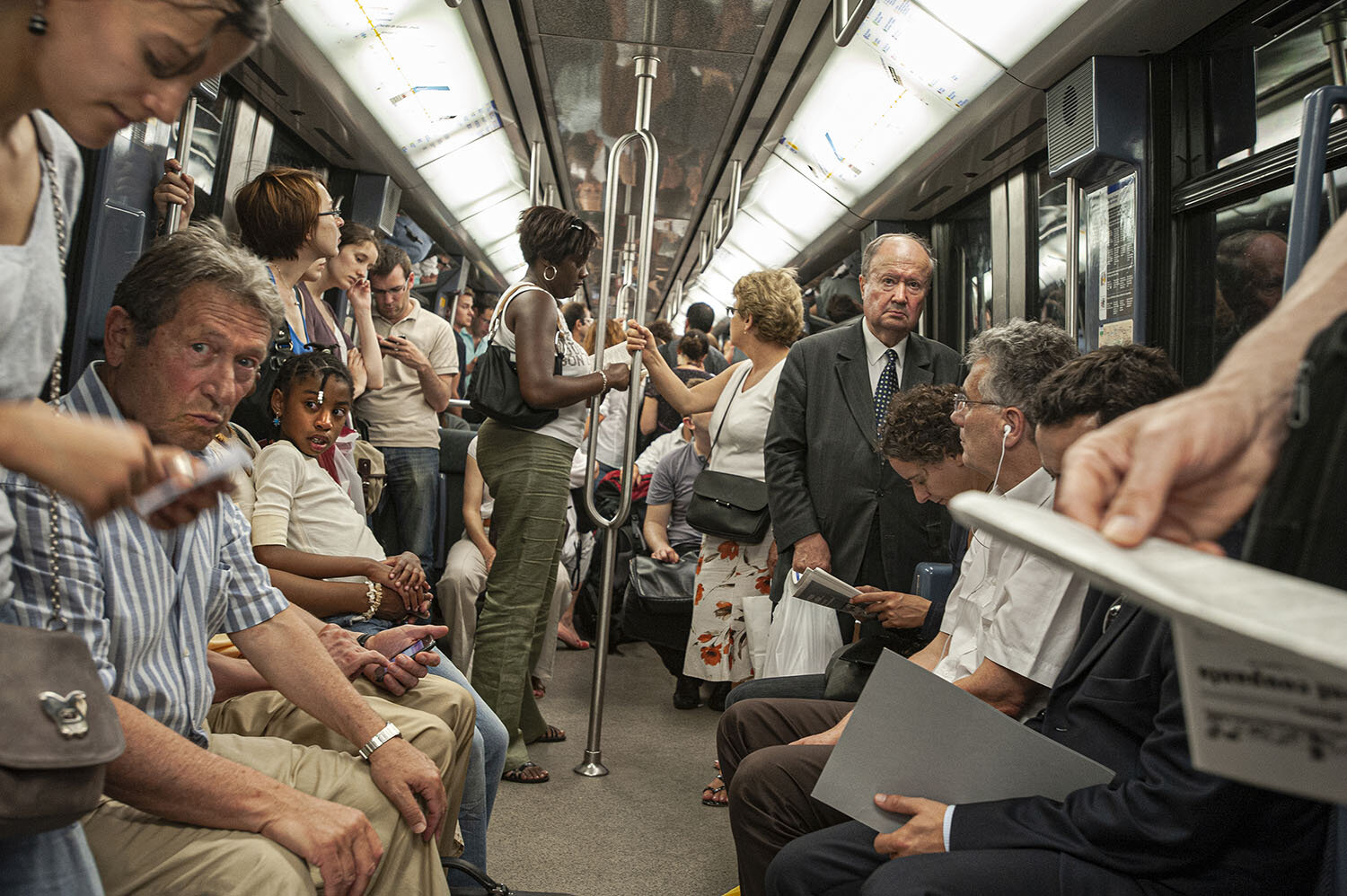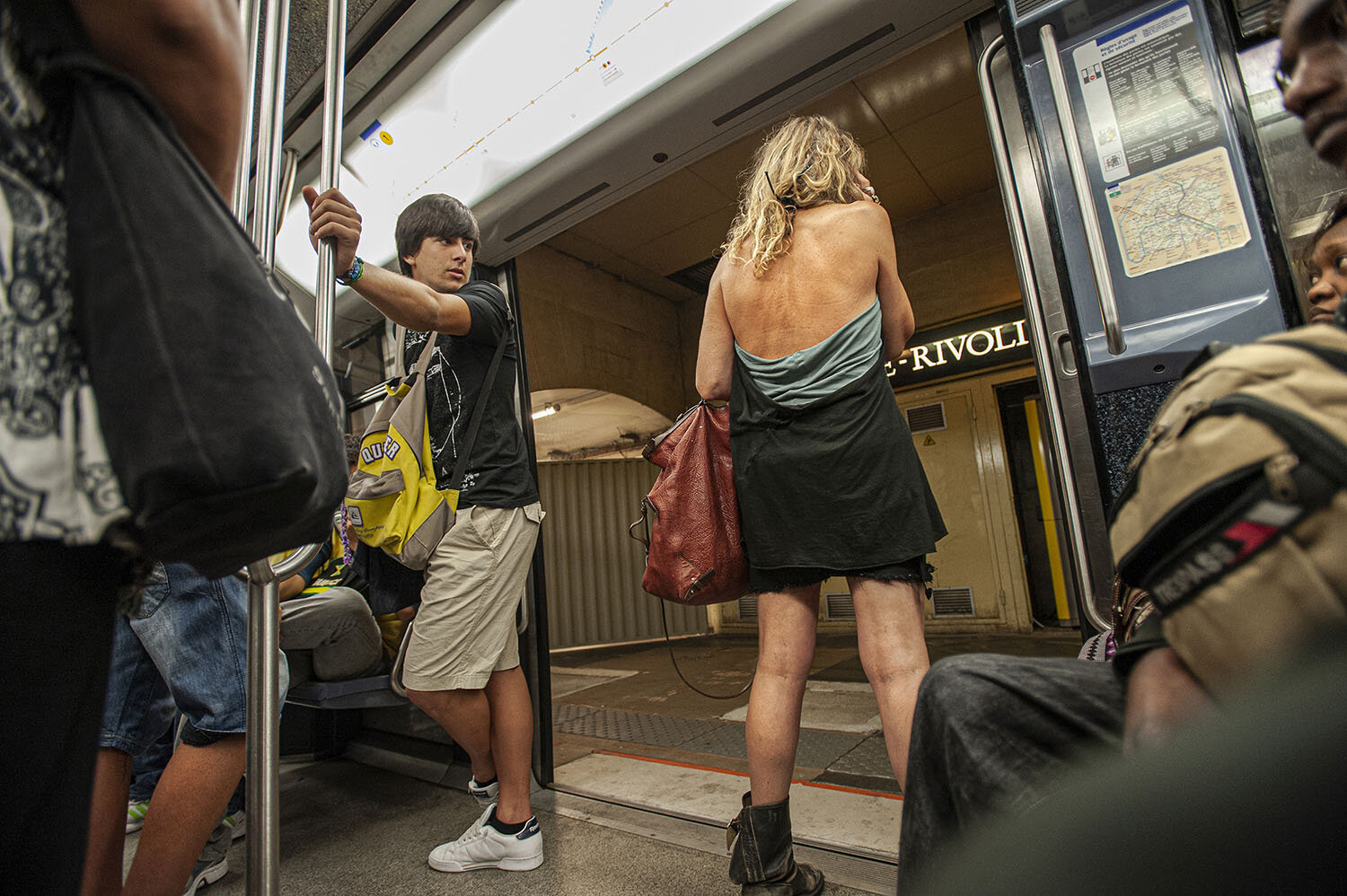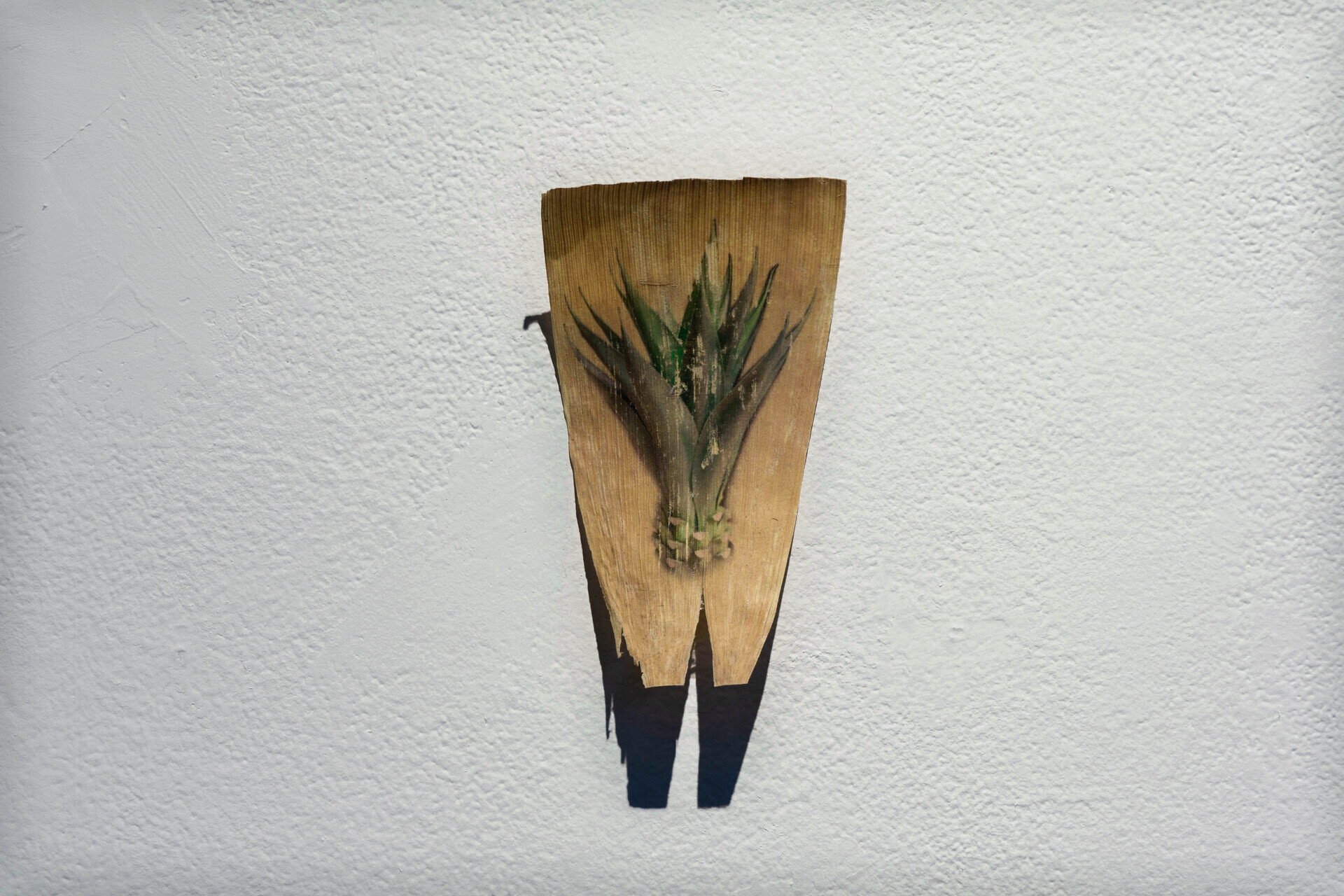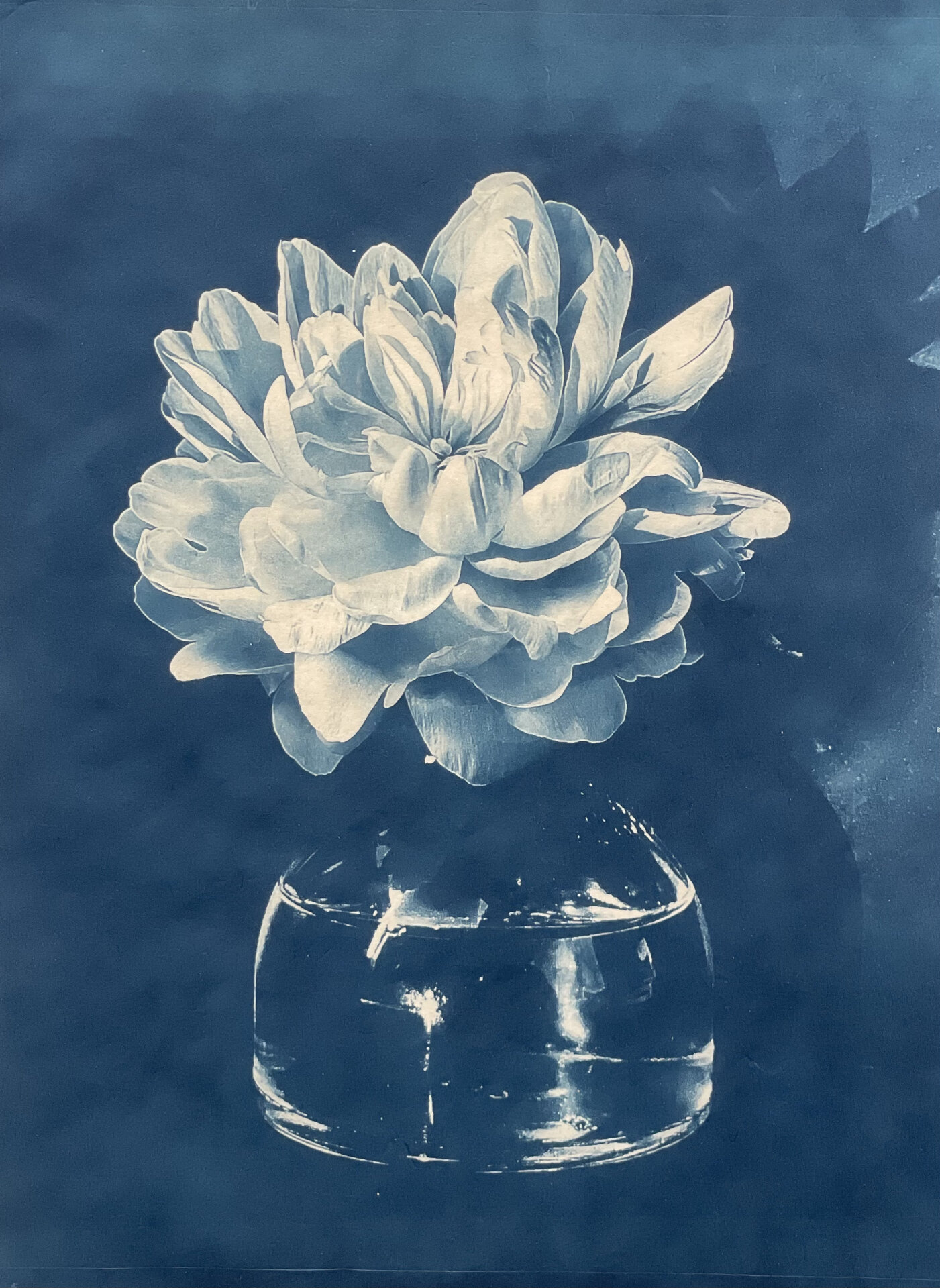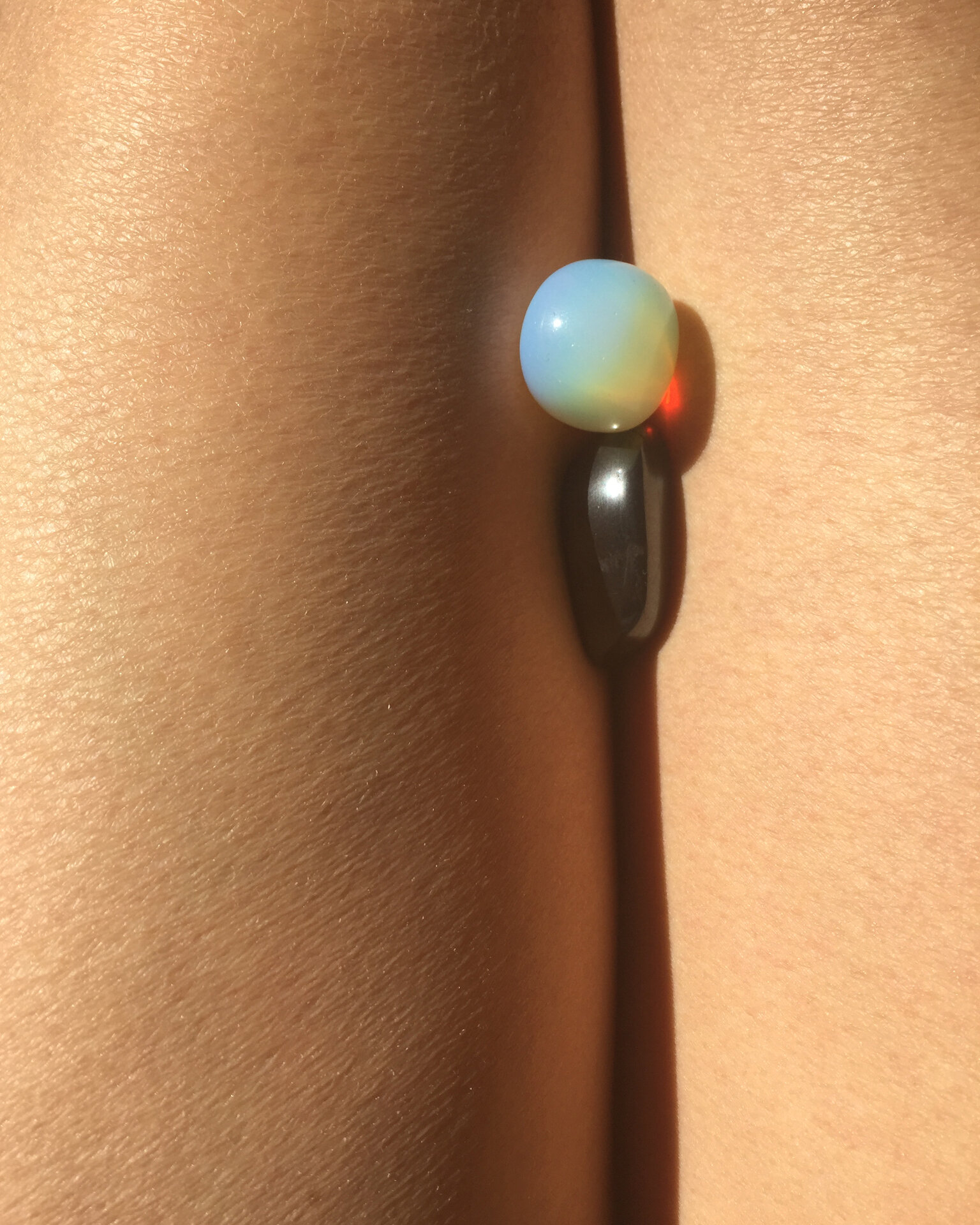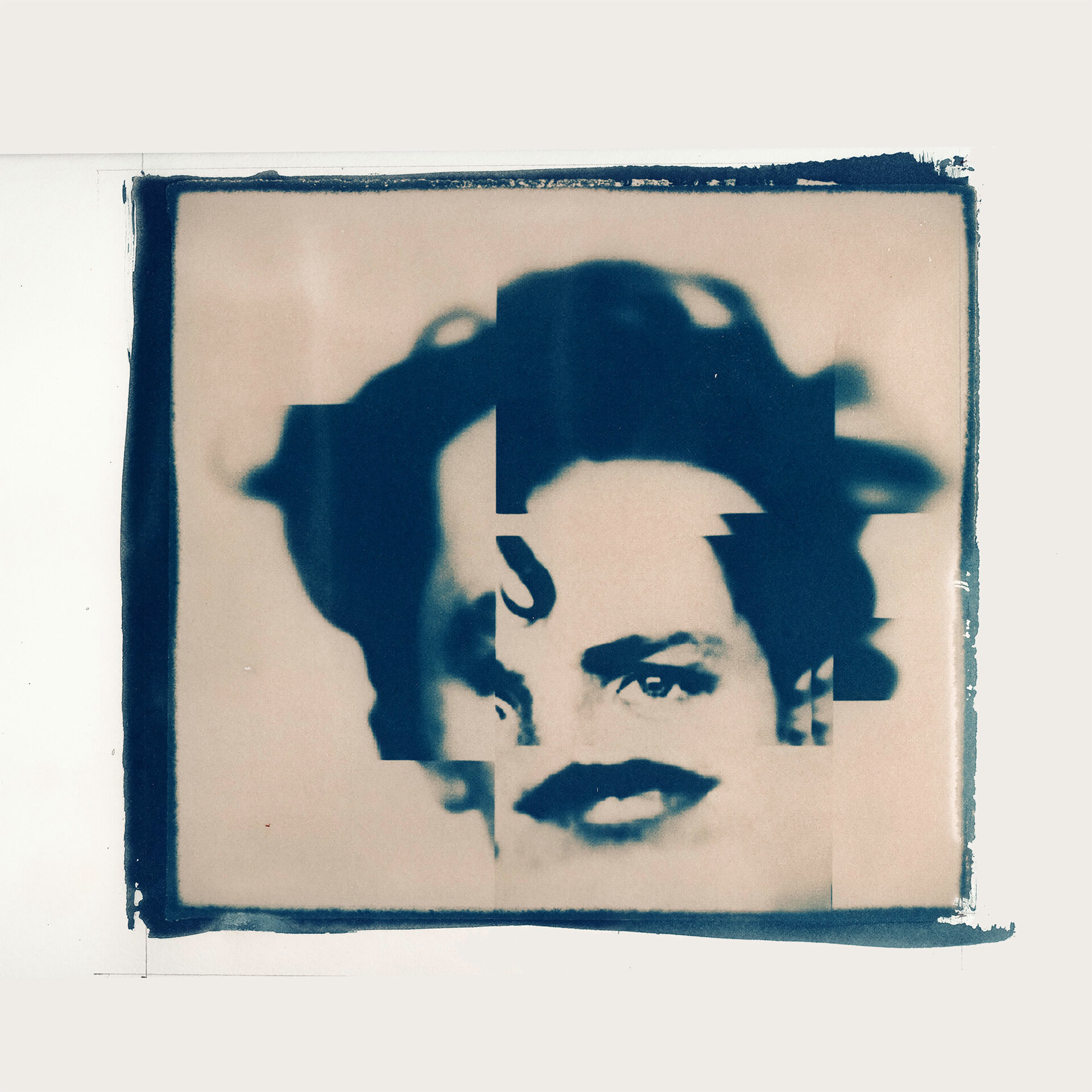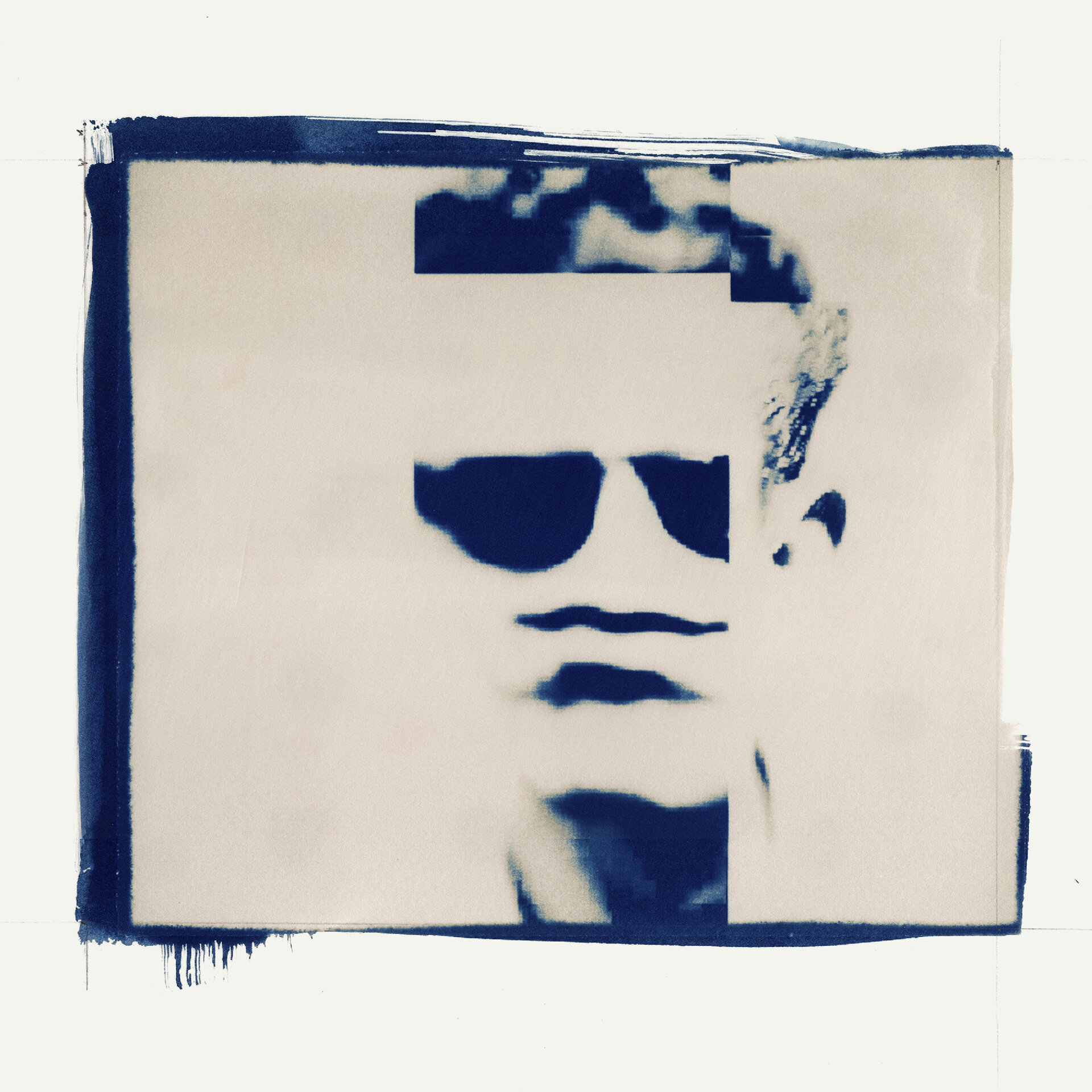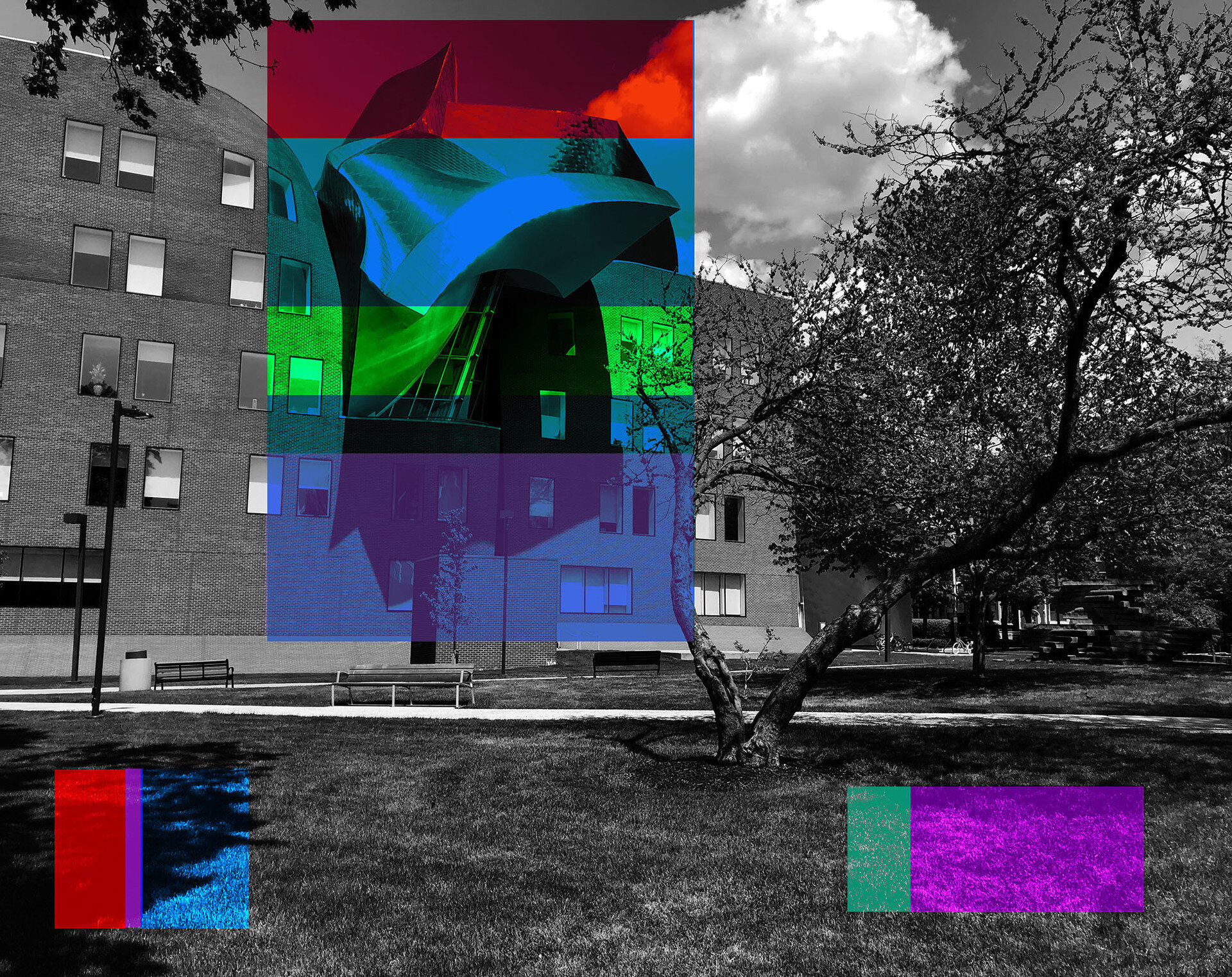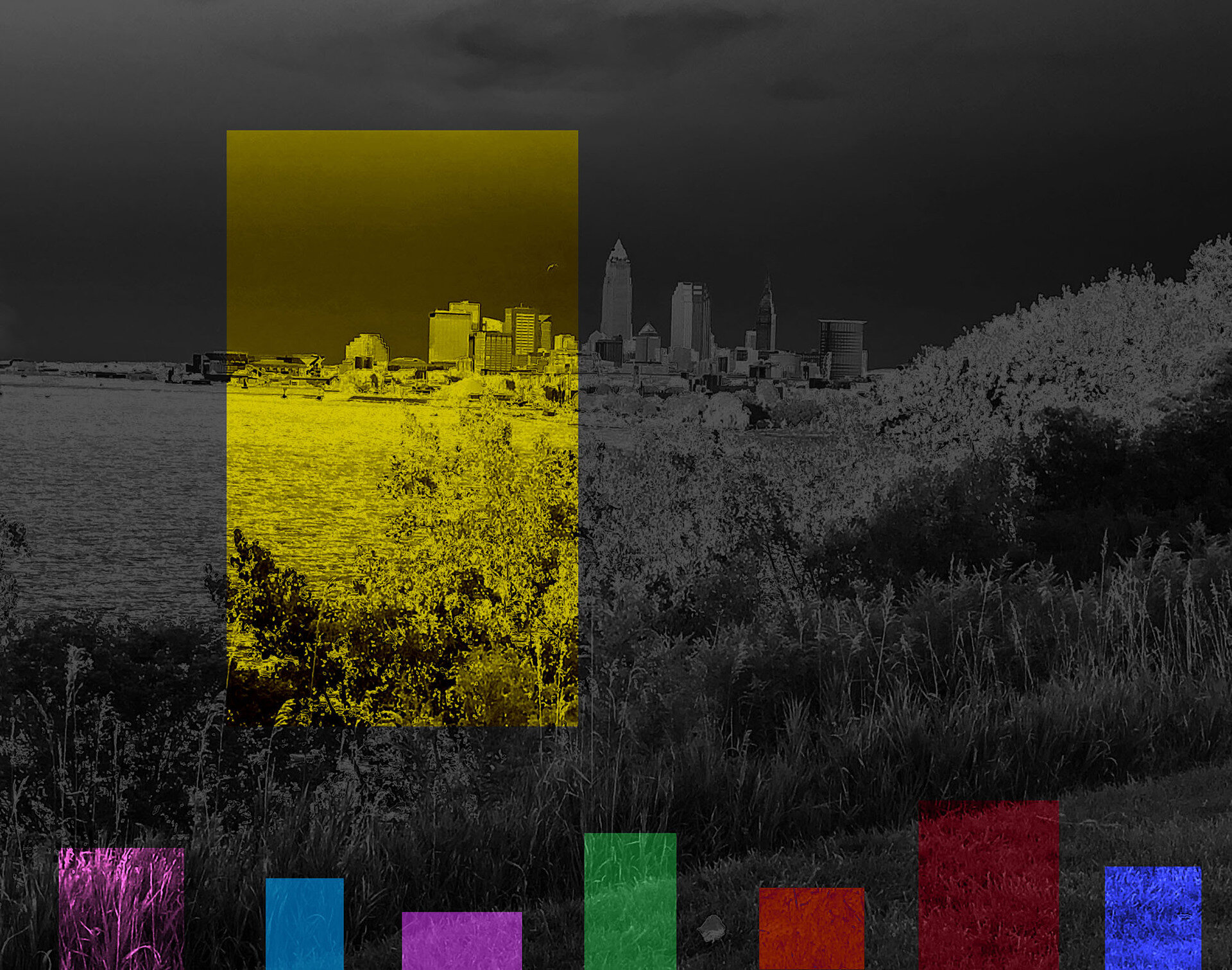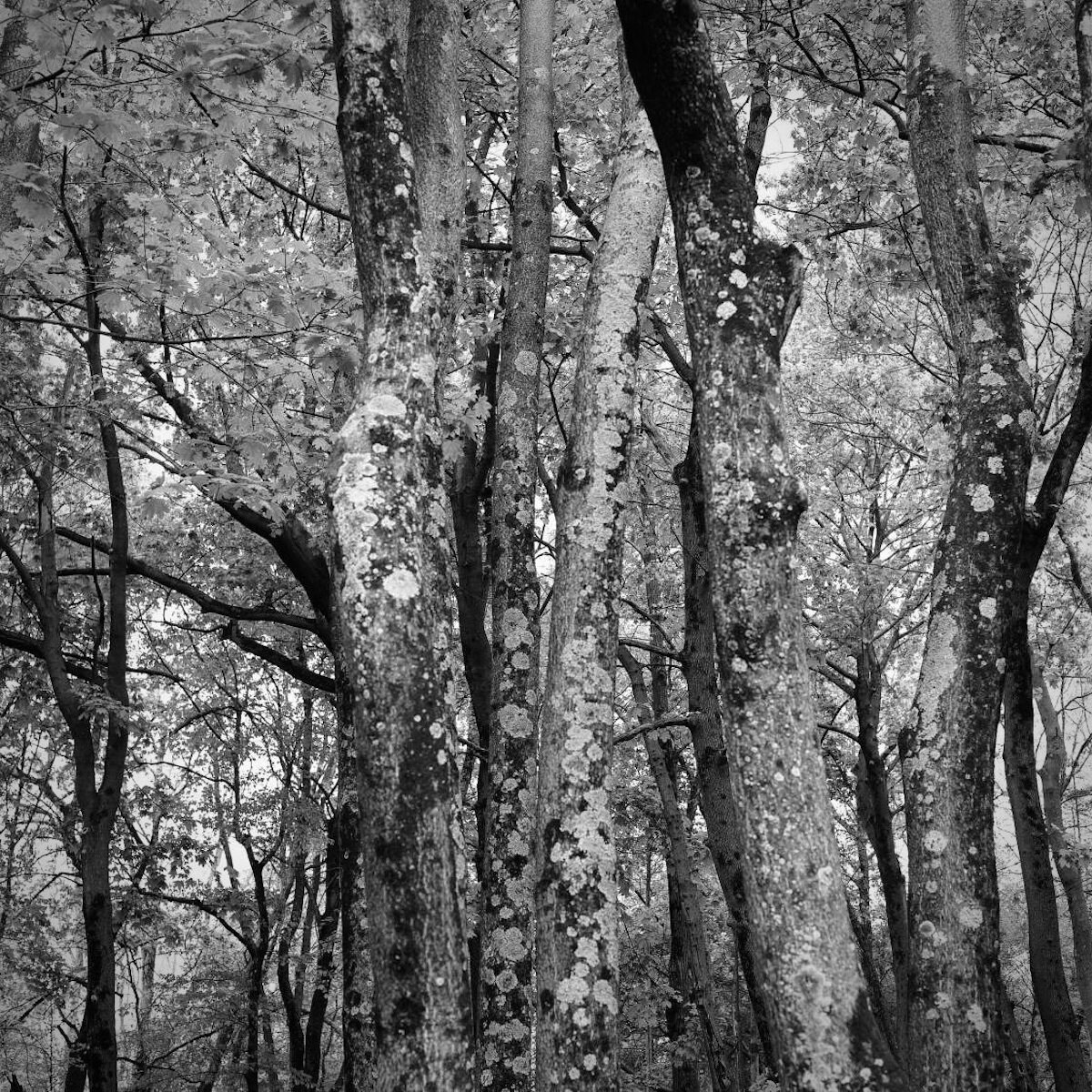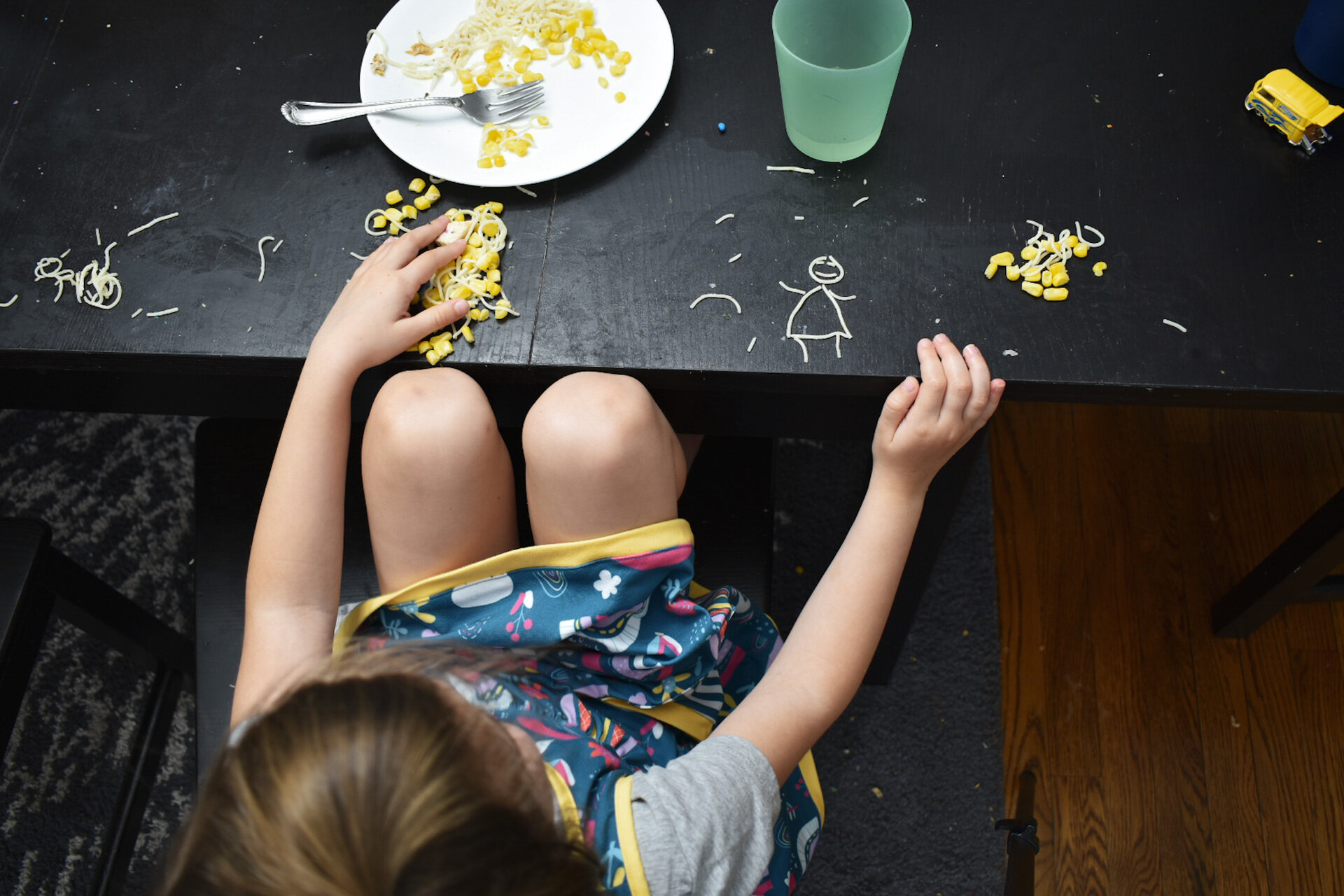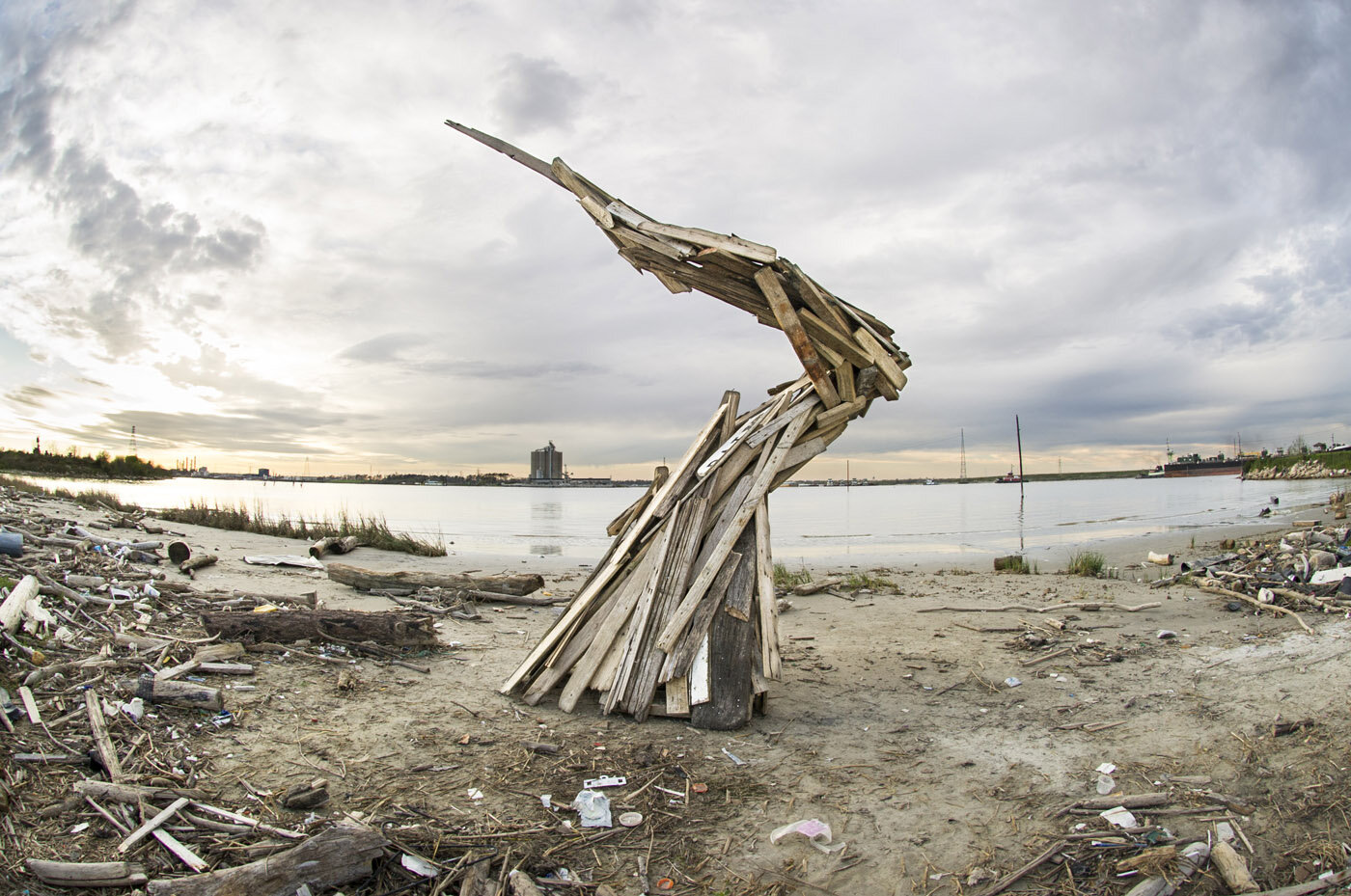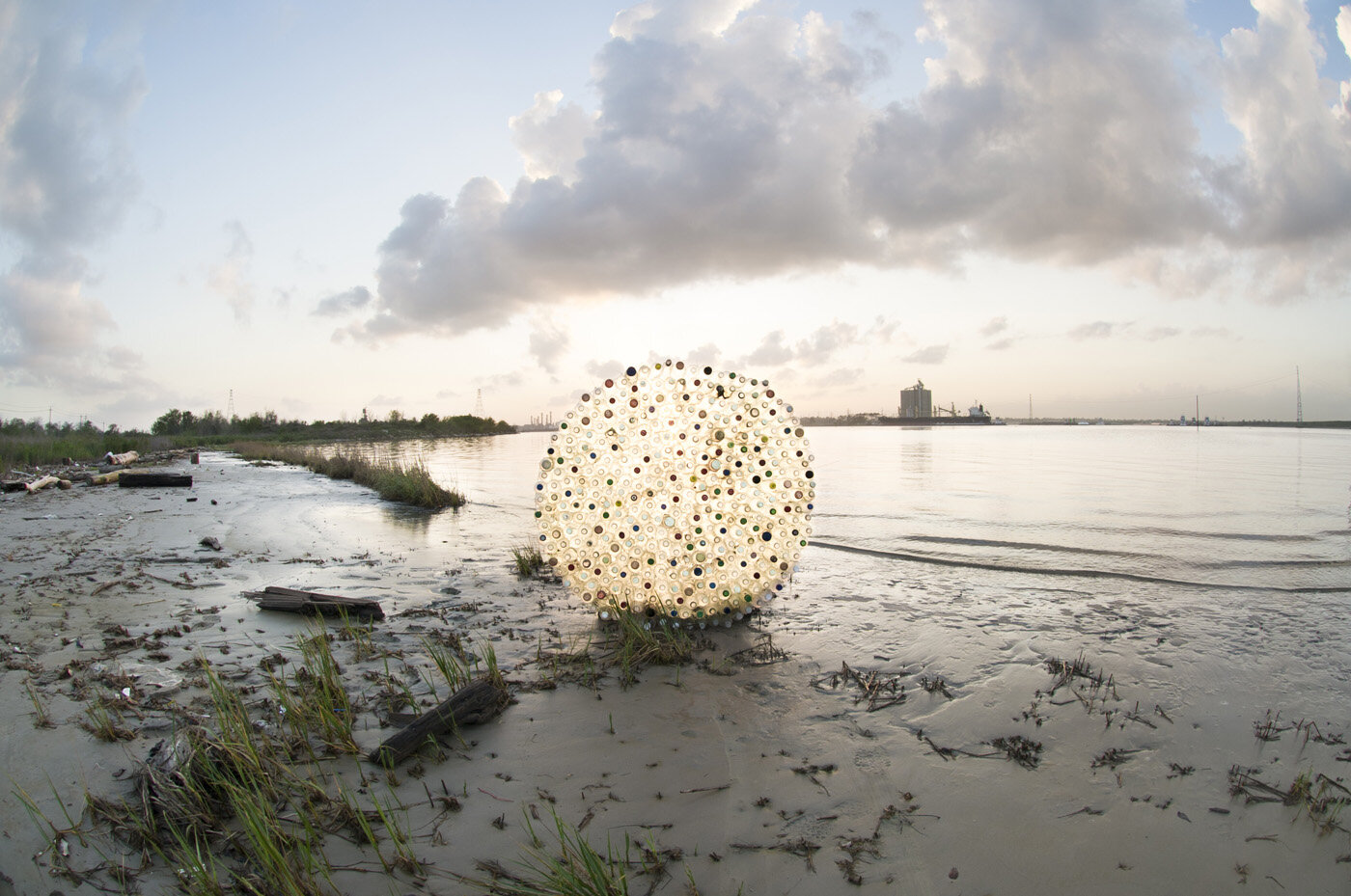FAVA’s National Juried Biennial
Photography Show 2021
Juror: Barbara Tannenbaum
August 14 - October 31
View in-person Tuesday - Saturday 11-5 & Sunday 1-5
FAVA’s National Juried Biennial Photography Show is a biennial juried exhibition held in odd-numbered years. The exhibition is juried this year by Barbara Tannenbaum, Cleveland Museum of Art's Chair of Prints, Drawings, and Photographs and Curator of Photography. This years exhibition includes 41 works selected from nearly 300 entries nation wide!
“Jurying FAVA’s biennial photography show reminded me how diverse and complex the medium of photography can be. The artists in this exhibition offer a wide variety of types of vision, from documentation and observation to fiction, metaphor, and social commentary…
Contemporary fine art photography embraces innumerable techniques and modes of expression. Happily, we live in an era when diversity and complexity are beginning to be recognized in both art and life as not just beneficial but necessary traits.”
— Barbara Tannenbaum, Biennial Photography Show 2021 Juror
Artist Index
**Click Name To View Artist Statement & Bio**
Norman Aragones (San Jose, CA)
Clarice Barbato-Dunn (Philadelphia, PA)
Steven Barger (New Richmond, OH)
David Bence (Vero Beach, FL)
Brian Cade (Shaker Heights, OH)
Deborah Campana (Amherst, OH)
Spencer Cunningham (Bowling Green, OH)
Diane Durant (Fort Worth, TX)
Steven Edson (Arlington, MA)
Sofia Fernandez-Garcia (Golden, CO)
Diane Durant, "November 1988", Ultrachrome inkjet print, 21.25" x 17.25" x 1", 2018, NFS | SOLO SHOW AWARD
Diane Durant, "April 1986", Ultrachrome inkjet print, 21.25" x 17.25" x 1", 2019, NFS
Diane Durant, "November 1988", Ultrachrome inkjet prints, 21.25" x 17.25" x 1", 2019, NFS
Holly Romano, "The Buddy System", Digital photography, 25.75" x 20.75" x 1", 2020, $500 | JURORS CHOICE AWARD
Holly Romano, "Noodle Art", Digital photography, 25.75" x 20.75" x 1", 2020, $500
Steven Edson, "Paris, Metro 02", Archival pigment print, 21.75" x 16.75", 2021, $850
Steven Edson, "Paris Metro 03", Archival pigment print, 21.75" x 16.75", 2021, $850
Steven Edson, "Paris, Metro 01", Archival pigment print, 21.75" x 16.75", 2021, $850
Brian Cade, "Traghetto, Lago di Como, Italia", Archival inkjet print, 21.75" x 16.75", 2020, $500
Norman Aragones, "Grandmother Praying", Acrylic, 26" x 22.25”, 2019, $120 | HUMAN FIGURE AWARD
Editha Mesina, "Dad, From Immigrant Encounters Series", Archival inkjet print, 31.25" x 25.25" x 1.5", 2017-2021, $950
Cedar Marie,"Olga: Dock and Hoist Worker", Digital photography, 22.5" x 17.5" x 1", 2018, $1,500
Christopher Kaspar, "Modern Family", Analog photo printed on metal plate, 30" x 20", 2020, $325
Lori Law, "The Wedding Photo", Digital photography, 24.25" x 32.25", 2021, $149
J. Fredric May, "Author's Hallucination No. 3 "Les"", Archival pigment print from original cyanotype plate, 20.5" x 20.5" , 2017, $600
J. Fredric May, "Author's Hallucination No. 31 "Darby"", Archival pigment print from original cyanotype plate, 20.5" x 20.5" , 2017, $600
Robert Oehl, "Untitled #1", Photograph, Ziatype print, 11.25" x 14.25", 2020, $850
Steven Barger, "Intensity", Digital image on acrylic, 32.25" x 24.25" x 1", 2019, $975
Paul Murray, "Enormity", Color photography, 2.5" x 29.75", 2019, $995
Robyn Moore, "Being in the Land (Shenandoah)", Photopolymer gravure, 23.75" x 20.25" , 2021, $1,000
Denise M Oehl, "Octopus", Hand Coated Lithium Palladium Print, 11.5" x 11.75" x 1", 2020, $850
Denise M. Oehl, "Spots", Hand Coated Lithium Palladium Print, 11.5" x 11.75" x 1", 2021, $850
Spencer Cunningham, "By Chance", Digital photograph, 22.25" x 26.25" x 1", 2020, $300
Jeremy Underwood, "Wood Debris Spiral", Sculpture, final piece is a photograph, 18" x 24", 2015, $800
Jeremy Underwood, "Plastic Bottle Debris Circle", Sculpture, final piece is a photograph, 20" x 24" x 1", 2015, $800
Larry Halff, "Museo Soumaya, Fernando Romero", Silver gelatin print, 27.5" x 22.75” , 2019, Unframed Print $750 | ARCHITECTURE AWARD
Deborah Campana, "Union of Birkerts, Yamasaki, and WRL", Digital photograph, 22" x 18", 2021, $250
Jake Martinez, "115th St E Littlerock, CA", Black & white negative film, archival digital, 17.25" x 15.75", 2020, $1,000
Rita Montlack, "Artitecture", Computer manipulated archival digital print, 14.25" x 11.25", 2021, $500 | ARCHITECTURE AWARD
Rita Montlack, "Just the Way It Isn't", Computer manipulated archival digital print, 11" x 14”, 2021, $500
Barbara Simcoe, "What Name is in the World", Digital photograph, 23.25" x 28.25", 2020, $500
Claudia Hollister, "Fluid Peony in Blue", Cyanotype print on Sikishu paper, 12.75" x 15.5" , 2021, $500
Claudia Hollister, "Lewisia in Blue", Cyanotype print on Sikishu paper, 16" x 20", 2021, $500
Marita Gootee, "Edge of Life", Lumen contact digitally enlarged, 6" x 20", 2020, $700
Sofia Fernandez-Garcia, "Blue Agave", Corn husk transfer print, 8.75" x 10.75", 2021, $375
Sofia Fernandez-Garcia, "Espinas de Nopal", Corn husk transfer print, 10.75" x 8.75", 2021, $375
Eva Kwong, "Talisman For A Pandemic _ Glow", Digital photography, 12.25" x 15.25", 2020, $350 | HUMAN FIGURE AWARD
David Bence, "Fork with Egg #2", Digital photography, 20.25" x 20.25" , 2020, $525
Clarice Barbato-Dunn, "Infinite Loss (The Spaciousness Project)", Archival inkjet print 20.25" x 16.25", 2018, $575
Richard K. Kent, "New Holland & Franklin, 2nd Series, 7X", Archival pigment print, 27" x 22.75" (16"X20" on a 17"X22" sheet), No. 2 of an edition of 15, 2018, $1,200
Omid Tavakoli, "Sea Of Cops 2", Archival pigment on metallic paper, 25.25" x 25.25", 2020, $750
Barbara Tannenbaum
Chair, Prints, Drawings, and Photographs and Curator of Photography, Cleveland Museum of Art, Cleveland, OH
Barbara Tannenbaum, Chair of Prints, Drawings, and Photographs and Curator of Photography at the Cleveland Museum of Art, has organized over 125 exhibitions during her four-decade career as a curator. Recent and upcoming exhibitions include Bruce Davidson: Brooklyn Gang; Ilse Bing: Queen of the Leica; Signal Noise: Photographs by Aaron Rothman; Beyond Truth: Photography After the Shutter; Black in America: Louis Draper and Leonard Freed; Cheating Death: Portrait Photography’s First Half Century; BIG; Pyramids & Sphinxes; DIY: Photographers and Books, which was the first museum show of print-on-demand photobooks; and American Vesuvius: Frank Gohlke and Emmet Gowin. She co-organized the first large-scale international exhibition chronicling women’s historic achievements in fine art photography and the 1991 Ralph Eugene Meatyard retrospective. Dr. Tannenbaum has authored numerous publications, including books on Ralph Eugene Meatyard (Rizzoli), TR Ericsson, and the Akron Art Museum’s collection, and lectured throughout the U.S. and in Canada, Brazil, and China. She serves on the board of the Fred and Laura Ruth Bidwell Foundation.
Juror Statement:
Jurying FAVA’s national biennial photography show reminded me how diverse and complex the medium of photography can be. The artists in this exhibition offer a wide variety of types of vision, from documentation and observation to fiction, metaphor, and social commentary.
Nine of the thirty artists in this exhibition have their roots in the documentary approach. Some chose personal subject matter. Editha Messina photographed her father as part of her series of portraits of Filipino immigrants; Holly Romano, observed her children’s behavior at home during COVID; Sofia Fernandez-Garcia recorded food preparation practices passed down through generations of her family and culture; and Jake Martinez witnessed the disappearance of homes and businesses in his town. Others explore the practice derived from street photography: Norman Aragones, Steven Edson, and Brian Cade capture private moments in public spaces. Cedar Marie’s social documentary portraits investigate cultural shifts in small fishing communities. Jeremy Underwood’s photographs document the sculptures he creates from the detritus humans leave in the landscape.
Seven photographers focus on the beauty of the natural world. Paul Murray and Steven Barger take us to exotic locales, Murray to the towering dunes of the Namib Desert and Barger to Norway to view the Aurora borealis. Denise Oehl, Robyn Moore, and Spencer Cunningham demonstrate the emotional and psychological resonances can be found in landscapes located closer to home. In Eva Kwong’s meditative composition, fragments of nature—polished stones—become amulets offering hope and solace. Claudia Hollister’s floral still life cyanotypes convey the calm and joy she harvested from her garden during the pandemic. In contrast, Clarice Barbato-Dunn’s image of nature—water pouring through hands back into a stream—becomes a metaphor for loss, as does Marita Gootee’s lumen photogram of the lifespan of plants from maturity to decay.
The built environment inspired Rita Montlack, Larry Halff, and Deborah Campana. Each transmutes the severe geometry of modern architecture into scenes of surprise and delight by emphasizing the creativity of the viewer/photographer. Barbara Simcoe’s mysterious hybrid images combine ancient architectural fragments with mythical figures and imagery from the natural world. Photographers’ subjective experience of the world is also the subject of Robert Oehl’s diaristic self-portrait and of J. Fredric May’s digitally manipulated portraits, which replicate what he “sees” within his stroke-altered brain. Perception can be tricky, warns David Bence’s deceptively spare still life.
Artists can de-couple photography from its close relationship to reality and to the “slice of life” usually attributed to the click of the shutter. Lori Law’s staged wedding photograph evokes fractured fairy tales. Christopher Kaspar creates a ripple across time by digitally altering old found snapshots that relate to contemporary political and social issues. Diane Durant admits she cannot change the past, but knows she can re-photograph it. She poses her daughter in scenes from the artist’s own youth. Richard K. Kent’s recursive landscapes combines views of the same place taken at different times into a single image. Time is also fractured by Omid Tavakoli, who montages a multitude of digitally manipulated images from media outlets and protesters to create commentary on over policing in contemporary society.
The works in this show display a dazzling array of processes and materials including pinhole cameras, photograms, homemade coffee-based developer, lumen photograms, cyanotypes, palladium-lithium prints, photopolymer gravures, and prints on metal plates and ones on corn husks, in addition to more traditional analog film-based work and digital cameras, printing, and manipulation.
Contemporary fine art photography embraces innumerable techniques and modes of expression. Happily, we live in an era when diversity and complexity are beginning to be recognized in both art and life as not just beneficial but necessary traits.
Barbara Tannenbaum
Chair of Prints, Drawings, and Photographs and Curator of Photography
The Cleveland Museum of Art
Artist Statements & Biographies
Norman Aragones
Artist Statement:
The main paradigm in my photographic art revolves around the concept of depth (having some level of meaning within the photo and thus attempting to elicit a viewer's reaction through deliberate imagery). My hope is that the viewer comes away with some feeling, idea, and/or perspective from seeing my photo(s). The techniques I use in creating photographic images are not something specific. I just try to work diligently in creating something in particular (that I had envisioned previously in my mind's eye.)
Bio:
Mr. Aragones was born in San Francisco, California. As a young person, he learned how important art was in his life. He was sickly throughout much of his childhood. Thus, he was put in a position where he learned to use his imagination continuously and it fueled his creativity in art.
Norman's studied various academic subjects closely throughout high school and college and he found himself examining those ideas presented in classes and meshing them with his artistic endeavors. Currently, he is experimenting with numerous photographic theories and techniques in an attempt to find unique ways to express ideas and emotions in a meaningful way visually.
Clarice Barbato-Dunn
Artist Statement:
Memories creep and cling like persistent vines. Which ones do we attempt to rip away and which ones do we train to grow all throughout our being?
Bio:
Clarice Barbato-Dunn is a photographer and writer living in Philadelphia with her husband, college-age daughter, and their two dogs.
Steven Barger
Artist Statement:
I strive to show the beauty and wonder of the natural world through my photography, Most people will never have the opportunity to see the aurora borealis dancing across an arctic landscape or watch a polar bear mother tend to her 2-month-old cubs as they acclimate to the harsh frozen environment that is their home. Such experiences should not be limited to those who are lucky enough to see it, but should be made available to everyone so we all feel a connection to the natural world and are moved to protect it.
Bio:
Steve Barger has been photographing the natural world, both wildlife and landscapes, for over 20 years. Largely self-taught, he has studied under several of North America's leading nature photographers. His images have been recognized by North American Nature Photography Association and Professional Photographers of America.
David Bence
Artist Statement:
My photographs are not windows to the world but a reimagining of that world. Using my camera to transform three-dimensional spaces into lines, shapes, textures, and forms, I create black and white compositions that hover between the figurative and the abstract. Whether I am shooting a landscape or a close-up image, my compositions present the familiar in a new way, sometimes literally turning the world upside down.
I work only when I am especially inspired to be creative. In this flow state, I fully immerse and time is transformed. Drawing from my background in art direction, my practice is careful and methodical. I consider every element of an image before shooting. I do not do a great deal of post-production manipulation, and the little I do is based on traditional darkroom techniques. While all my work is made with intention, I leave it to the viewer to decipher their own meaning.
Bio:
David Bence is a photo-based artist born in Flushing, New York and raised in Michigan and Indiana. He currently lives and works in Vero Beach, Florida. His photographic practice draws on his early experiences, education, and tenure as an Art Director with large advertising agencies in the Detroit area. He earned an Associate Degree in Filmmaking from the Brooks Institute School of Photography and a Bachelor of Arts in Graphic Design from Indiana State University. David has participated in numerous juried exhibitions, and his work is included in the permanent collection of the University of Michigan Museum of Art.
Brain Cade
Artist Statement:
Photography has been the one constant living across multiple continents, an attempt to still the constant movement of my childhood.That has transferred to my practice as an adult exploring the dynamics of relationships to the stillness and emptiness of industrial and city environments, my photos capture a singular moment in the human experience.
I use both digital and analog processes in my art. I particularly enjoy using film for both the surprise and magic of the moment the film exits development as well as the distance it provides from the work, I often wait over a year before developing my film to accentuate both of these qualities.
Bio:
Brian is a photographer who resides and works in Cleveland, Ohio, he was born in Evanston, Illinois before moving to Amsterdam, Netherlands at the age of five and moving to Cleveland as a teenager via a year long stop in London, England. That experience has led him to identify with multiple cultures while not belonging wholly to any.
Deborah Campana
Artist Statement:
Having a close association with music initially as a performer and then as a researcher, I have been drawn to comparisons between musical events and photography. Whereas musical expression can be understood as a series of shared moments with temporal essence lingering in one's mind, the photographic image captures an instant the photographer alone saw. In a photo one presents that moment evermore, ultimately defying the passage of time.
Taking photographs while on a car ride is one of my favorite past times. One must be prepared to capture a moment in consideration of the situation and speed. As such, I value (and liken the experience to) what John Cage described in his compositional process as chance, or the acceptance of the unexpected. One may plan the details toward capturing a photo, but in fact, there are always outside influences that affect the outcome.
Bio:
Deborah Campana is head of the Oberlin Conservatory Library at Oberlin College. Prior to Oberlin, she held a number of positions at Northwestern University after earning a PhD in music theory and, from the University of Chicago, an arts masters in library science. Campana’s research on the music of John Cage, information flow, and library administration appears in numerous journal articles including Notes and Perspectives of New Music; book chapters (published by University of Chicago Press, Bucknell University Press, and Oxford University); and encyclopedia articles in the New Grove Dictionary of American Music (second edition).
Whereas she has always enjoyed photography, her interests grew greatly with access to digital imagery and editing. Campana is also avid watercolorist and has studied color theory and acrylic painting with Jean Weigl. Invited solo photography shows include: "Sighting and Resighting," Kendal at Oberlin (December 2018-February 2019); and "Road Trip West," Grafton-Midview Public Library (Fall of 2019). Recently her photographs were on display at Bostwick Design Art Initiative as part of the Cleveland Photo Fest Photothon 2021.
Spencer Cunningham
Artist Statement:
I am always looking for the special, unusual, cryptic or meaningfully suggestive in the 'normal'. Sometimes I get inspired to create my own 'digital fairy tales'. This image represents that search, especially if you look up, and up, and up.
Bio:
Education: BA Bluffton University; MA Ohio State University: Photography/Film; MFA Bowling Green State University: Photography/Printmaking. Post Graduate: Visual Studies Workshop, Rochester, NY, Rochester Institute of Technology, Rochester NY. Spencer has also free-lanced in Public Relations Photography, Film and Video Production. Clients included a wide range of businesses, organizations, design agencies and production companies.
Spencer has shown his photographs in many juried and solo Fine Art Exhibitions. He has been a finalist in "Photographers' Forum" Best of 2014 and 2016, 17 International Publication. Recent exhibitions include Milestones: A Celebration of BGSU School of Art Alumni at the Dorothy Uber Bryan Gallery, Bowling Green, OH; Midwest Center for Photography, Witchita, KS; Manifest Gallery, Cincinnati, OH, Manifest Exhibition Annual S 11; Mansfield Art Center May Show, 21.
Dian Durant
Artist Statement:
“If I could rewrite the little ditty ‘bout Jack and Diane, I’d be the football star.”
This text creates the narrative voice for one of the photographs in my newest body of work, "Stories, 1986-88". Putting a new spin on old histories as my daughter stands in for a youthful me—the one I remember and the one I was never quite allowed to be—these deadpan portraits paired with short narrative texts create juxtapositions, dichotomies, and nostalgias, bringing the past into the present as we reimagine my childhood stories. Rooted in the image-text relationship, "Stories 1986-88" addresses the role of snapshots, family records and relics, the myth of the photograph, and the myth of memories. Though I can't change the past, I can rephotograph it.
Bio:
Diane Durant is Associate Professor of Instruction and Director of the Comer Collection of Photography at the University of Texas at Dallas where she holds a PhD in Aesthetic Studies. She serves on the university's Committee for the Support of Diversity and Equity as well as the Social Justice Council for the WNBA's Dallas Wings organization. Diane is a member of both the Board of Directors for the Cedars Union, a non-profit arts incubator in North Texas, and the Society for Photographic Education's LGBTQ Caucus Leadership Team. She is also Chair of the SouthCentral Chapter. In 2018, Diane was named as one of four inaugural Carter Community Artists with the Amon Carter Museum of American Art in Fort Worth. Her first monograph, Stories, 1986-88, was released by Daylight Books in 2020. More often than not, she eats cake for breakfast.
Steven Edison
Artist Statement:
Traveling in subways forces people to come literally face to face with strangers in close quarters. Mostly, people seem to put on their public faces and expressions avoiding and indicating very little about their private thoughts and feelings. These images were made in the Paris Metro system while I traveled from one destination to another in Paris. I would try to freeze these moments when people were not aware of what their faces revealed. Most of the time I was working, I would hold the camera in the crook of my arm and look away from the subjects when pressing down on the shutter so as not to distract them from their private thoughts and expressions. Often as soon as someone sees or becomes aware that they are subject of the photographer's gaze, they become self-conscious, and their faces and expressions change and those moments that I was looking to photograph would be lost.
Bio:
"The camera works to document the external, but more importantly, magnifies the mysteries which exist within one's self" How does emotion impact memory? How does the familiar slide into the unknown?
Steve's images begin to dissolve into a study about our solitary existence. His images reveal over and over the private moments people experience in public places. Not just an observer, Steve is present with us, describing but also raising questions about what we think we see. Steve thrives on creating fresh and authentic images while he documents both his and the viewer's perceptions and common experiences we share in life.
Sofia Fernandes-Garcia
Artist Statement:
Every country has food that is unique to its culture, agriculture, resources, and history. It is often incorporated into rituals of preparation and meaning. Food preparation within a culture is a form of tradition, passed down within the family to every new generation. These traditions create memorable moments and over time they can create a meaning, understanding, or realignment of "home" or "self." Our everyday experiences with food create a cultural, ethnic, religious, and social sense of belonging. Something as simple as a corn husk can spark a chain of memories to someone who grew up eating their grandmother's tamales. However, authenticity plays a meaningful role in finding cultural identity through meals. Seeing Mexican cuisine represented with ingredients that are not part of its gastronomical foundation skews people's perception of that culture
Bio:
Sofia specializes in analog photography and alternative processes such as lumen prints and photo transfers. Drawing from her experience from growing up in a bicultural home in the US, her photographs regularly explore the relationship between food, authenticity, culture, stereotypes, and identity. Her work is produced with the intention to spark ideas and conversations relating to cultural identity presented through food presentation.
Sofia graduated with a Bachelor of Fine Arts in Photography from the University of Colorado Denver in 2021. Her work has been featured in the Colorado Photographic Arts Center, Barrett Art Center, Las Lagunas Gallery, Pirate Contemporary Art, Emmanuel Gallery, and has had work installed on Auraria Campus and the CU Denver Arts building. Sofia currently resides in her hometown of Golden, Colorado.
Marita Gootee
Artist Statement:
The Last Contact a series that expresses the imprint of change onto our material processing society. The images are lumen photograms which are created by exposing objects in direct contact with traditional photographic paper that have been exposed to daylight between hours to months. This series is a commentary on the pandemic and what climate change is doing to the planet. The Last Contact series takes a piece of a living plant through a journey to decay. The imagery is created by being trapped and exposed to nature with no escape; just as the subject caught within the contact frame. Humans have denied science and as such have laid the species bare to elements as it watches itself die.
Bio:
Marita Gootee grew up in a small southern Indiana town where an elementary school teacher told the class that they will constantly be in search of who of themselves. Marita doubted that Ms. Frye thought much of such a statement, but it lodged in Marita’s mind permanently. Her artwork is a constant search for self from her early crayon-colored rocks to today’s photographic work. Her art is her way of attempting to understand herself and the world around her.
At the College of Mount Saint Joseph in the early ‘80’s, she was a printmaker until for her major, when she had to select between taking a weaving class or a photography class. Marita decided on photography. Photography came easily for Marita for she embraced the magic of the darkroom. As time passed, she craved more photography and attended graduate school.
Marita was hired by a Mississippi State University soon after receiving her MFA from Indiana State University in 1985. Marita Gootee has been there for the last 30+ years. She has moved the photography program from totally analog to integrating digital courses. Gootee’s Fine Artwork does not have a single style, yet it does have a basic concept that bridges the different bodies of the visual research and unites them into one voice. She has had her work exhibited in National Museum of Women in the Arts, Washington, DC.; Berlin, Germany: Czech China Contemporary Museum (CCCM), Songzhuang, China; Ogden Museum of Southern Art, New Orleans to name a few.
“My journey will not end until I have moved to the next existence but for now – I will create.” Reflects Marita Gootee.
Larry Halff
Artist Statement:
My work amplifies the unconscious impact space, form, and light have on our psyches. I create images exploring the subtleties and nuances of the built environment and examine how structures inspire, relate, and foster an emotional and intellectual response. In highlighting the details of surfaces and shapes, I seek to re-contextualize the utilitarian aspects of a structure and expose aspects which evoke an impassioned response through their shapes, lines, and light.
Bio:
Larry Halff is a San Francisco-based emerging artist. He is self-taught in photography, with a formal background in Sociology, Cultural Anthropology and Curriculum Studies. His practice juxtaposes the temporary and permanent, using images made with a digital camera as a source to produce analog silver gelatin prints.
Claudia Hollister
Artist Statement:
As our lives have changed during the COVID-19 lockdowns took on a 100dayproject on Instagram. My challenge, photograph and print a cyanotype, posting on Instagram images from my garden for 100 days.
Capturing the beauty of my flowers in a different light evolved from not knowing what day it was, into a 100-day exploration of the calm and joy I felt working and cultivating images from my garden.
My current cyanotype prints from this spring 2021, continue to bring a new perspective, as I expand my interest into creating still life compositions with flowers from my garden. The prints document the cycle of seasonal blooms in a unique and beautiful format. The process I use to create my cyanotype prints starts with me photographing my floral still life in the studio with my iPhone. I then send the image to my computer and create a negative transparency film. I then sensitize the paper with a solution of Ferric Ammonium Citrate and Potassium Ferricyanide. Once the paper has dried in a darkroom, I then place the negative film over the sensitized paper, under glass and print it in the sun. Wash out the solution and have a positive image.
Bio:
A professional sculptor, porcelain artist and designer, Claudia Hollister previously designed for Reed & Barton Silversmiths, Orrefors Crystal, The Metropolitan Museum of Art and Godiva Chocolates. Claudia has shown at the Renwick Gallery, Smithsonian Museum of Art, The American Craft Museum and Cartier Jewelers. After starting her porcelain studio she was commissioned to create large-scale site-specific installations for children's hospitals, corporations and hotels.
Hollister began teaching encaustic painting at The Pacific Northwest College of Art in 2012 and was instrumental in developing the successful guest artist workshop series. Claudia is known for her encaustic still life paintings focusing on the vessel, as a voluptuous sculptural form.
Intrigued with a process for printing in the sun without dangerous chemicals, she started making Cyanotype prints in 2014. Currently Claudia prints during the summer creating images from her garden as stand alone prints, also incorporating them as grounds for her encaustic work.
Claudia paints and prints full time in her Portland Oregon studio. She holds a BFA from the University of Oregon.
Christopher Kaspar
Artist Statement:
For this body of work I use analog photography and technology to create new images that are printed on large scale metal plates. To further explain, I search for photographs that speak to me on an aesthetic level or I find an image from the past that seems relevant to current political and social issues. These photographs are taken from around the world dating from the late 1800's to the 1970's. I then scan the photograph where I apply a manipulation to the scan resulting in a new image.
Bio:
Christopher earned his Bachelors of Arts from Kent State University in 1995 and his Masters in Education / Curriculum and Instruction from Cleveland State University in 2006. He has been in Art Education for 22 years, 20 of which had been at Brooklyn High School. He has been exhibiting around the United States for the past few years.
Richard K. Kent
Artist Statement:
As an artist, I make photographs that echo and extend my concerns as a writer. Several ongoing series document places and their transformation over time.
Lessons in Recursion concerns place, time, and how introducing a recursive image of a scene alters perception of ordinary landscape. One could say I’m interested in sanctifying the commonplace; and I admit to taking considerable delight in inserting a kind of visual marvel into places where people don’t expect such a thing.
The series involves, though not in all instances (as seen in the picture selected for the exhibition), photographing blank wooden signs discovered by chance along roadsides and then methodically re-photographing their images to create recursive progressions. The interior images of the repeated sign offer the viewer glimpses of past time and the transformation of place.
The series’ exhibition prints are generated from scanned color positives (6X7cm transparencies) that are then digitally processed.
Bio:
Richard K. Kent teaches at Franklin & Marshall College in Lancaster, Pennsylvania. Alongside his identity as a scholar of Chinese painting and photography, Kent is a writer and photographer. The study of many facets of Chinese cultural history, including Buddhist history and philosophy, has offered vital perspectives that inform his artistic work. As a writer, he has recently published poems in Pinyon Review, Field, and Tar River Poetry. Ice Carver, a chapbook of twenty poems, appeared in 2017. An award-winning photographer, Kent has shown pictures, mostly drawn from ongoing series, in juried and invitational exhibitions throughout much of the United States. Pictures, from various series, have been mentioned or published in Pinyon Review, The Boston Globe, Pennsylvania Heritage, The Photo Review Newsletter, Little Patuxent Review, and the Lancaster New Era.
Eva Kwong
Artist Statement
This new series " Talismans For A Pandemic " started during this past year of the Covid pandemic. I thought about the use of talismans and amulets in ancient cultures to help cope, protect and heal in times of great stress. During this pandemic, I found that holding, feeling and looking at my collection of stones helped me through this difficult time. Holding the stones with my body connected me with the continuum of nature and geologic time. These stones have survived for a long time and reminded me that I too can survive this upheaval. This series of photographs act as a document of my time in isolation, a catalyst for contemplation and as a talisman for this pandemic.
Bio:
Eva Kwong was born in Hong Kong and has lived in Northeast Ohio for over 37 years. She received a BFA from the Rhode Island School of Design and a MFA from the Tyler School of Art. Primarily a sculptor, Eva has worked in ceramics, 3D printing, drawings, installations, prints and photos.
Lori Law
Artist Statement:
My photos are stories often inspired by the overlooked. I utilize nostalgia, sentiment and sometimes humor to convey the tale. We are surrounded by moments and things that have something to say.
Bio:
Ohio based photographer; Lori Law has been sharing her photography since 2013. She has participated in juried art exhibitions in Findlay, Lima, Mansfield and Van Wert.
Cedar Marie
Artist Statement:
My creative work is inspired by people who work on the water and investigates the cultural shifts of small fishing communities. Commercial fishing informs my artistic practice and allows me to create artwork that reveals a broad aesthetic inquiry into the preservation of cultural traditions through living experiences. As a conceptual artist, my artwork is site-specific; the history of a place, its people, and the analysis of cultural materials are intimately tied to the artwork I produce in order to express the conditions in which people work and live. It is necessary for me to step outside of the usual studio boundaries and into the field, to place the artistic process, which is often practiced in isolation, in direct conversation with a site's community. This way of working allows me to situate my creative investigations at the intersection of art, visual culture, and social inquiry.
Bio:
Cedar Marie received an MFA in art from the University of Wisconsin-Madison She is a recipient of several fellowship awards including an Oklahoma Visual Arts Coalition Creative Arts Fellowship (OVAC) and an OVAC Art Writing & Curatorial Fellowship. Her artwork is cited in selected publications including, "Re/Theorizing Writing Histories of Rhetoric" (edited by Michelle Ballif, Southern Illinois University Press) and "Art and Queer Culture, 1885-present" (Lord & Meyer, Phaidon Press). Her articles and essays have appeared in Art Focus Oklahoma (OVAC) and First American Art Magazine, which strives to foster historical resilience, cross-cultural understanding, and reintegration of humans into the natural world.
Jake Martinez
Artist Statement:
Growing up in the Antelope Valley, I watched homes and businesses change from inhabited and open to abandoned and closed. My photographs function as an archive to preserve the memory of these buildings, and the histories they represent. Scattered throughout the vast landscape are deserted homes and businesses, money pits and projects neglected by the community. Commercial buildings seem to change occupancy every few months and neighbors come and go from increasingly derelict homes.
Schools and recreational destinations have diminished. I used to explore recreational lands - now closed to the public or under ceaseless renovations - and fish the waters - now dried to ponds, or playas, dry lake beds. Campgrounds have closed, their decaying residue left on the roadside. I photograph these changes and witness their effects on the community. I lived among and within these buildings and landscapes most of my life, witnessing the changes firsthand, over time.
Bio:
Jake is a photographer based in Palmdale, CA. He began his photography practice while pursuing a BA in Psychology at California State University, Northridge. His work is influenced by firsthand experience witnessing detritus left behind in the Antelope Valley and watching homes and businesses change from inhabited and open to abandoned and closed.
J. Fredric May
Artist Statement:
I am a former photojournalist and filmmaker. During open-heart surgery in 2012, I suffered a major stroke leaving me legally blind and subject to vivid visual hallucinations. This life event changed my artistic vision, opening up an entirely new visual style. With a life-long habit of experimentation, I picked up my iPad and started to explore. Taking those facial fragments that filled half of my lost visual field and utilizing imaging software that corrupts visual data, I was effectively able to replicate what was happening with information within my own brain.
Bio:
A graduate of Brooks Institute, J. Fredric May received his Bachelor of Science in Commercial Photographic Science with a Minor in Color Technology and was later accepted into the prestigious Eddie Adams Workshop ll in 1989.
He made his living as a documentarian and commercial photographer traveling all over the world, telling visual stories with a signature style of bold color and confrontational composition. He won numerous state and regional honors.
As a documentarian, May directed more than 50 corporate and industrial films and helped raise more than 7 million dollars for nonprofit organizations. He has won Telly and Cine Awards for his creative film work and national awards for his corporate and nonprofit clients.
During open heart surgery in 2012, he suffered a major stroke leaving him legally blind and subject to vivid visual hallucinations. This life event opened up an entirely new visual style. The result is his current project, Apparition: Postcards From Eye See You.
Editha Mesina
Artist Statement:
In the series Immigrant Encounters, I photograph Filipino immigrants. These photos of my father were taken one year before he died. An immigrant from the Philippines, he came to the U.S. in the late 1960s to seek a better life. As a musician in the post-war Philippines, he performed in Big Bands and U.S. Army orchestras. When the dwindling demand for saxophone players forced him to seek other work, he immigrated to the U.S., eventually finding his way to Philadelphia and taking a job as an accountant. He was 96 years old in these photographs. With the recent violence against elderly Asian Americans being scapegoated as the source of the Coronavirus, I want to present his portrait as an example of a man who worked hard all his life to provide for his immediate family, as well as his many brothers and sisters and their families in the Philippines. His name was Eduardo. There are millions of immigrants like him in the U.S.
Bio:
Editha Mesina is a photographer whose work mines the various concerns of portraiture, its public and private spheres, to speak of individual and collective identities. She has exhibited in New York at the Cuchifritos Gallery, Artist Space, Clocktower Gallery, Ceres Gallery, A.I.R. Gallery, as well as at the West Kortright Center, East Meredith; Parrish Art Museum, Southampton; Fenimore Art Museum, Cooperstown; and internationally in Pingyao, China and in Buenos Aires, Argentina. She is a New York Foundation for the Arts Alex G. Nason Fellow in Photography.
Rita Montlack
Artist Statement:
The two images represented here were created during the pandemic when I was objecting to being fenced in and felt super fortunate to be outside photographing my favorite places and things. Manipulating my images, a major part of my work, forces me to pay close attention to detail and the element of surprise is always the end result for me and hopefully for the viewer as well. This work is based on recent photographs which have been manipulated and altered in Photoshop.
Bio:
A native of Cleveland Heights, Ohio, Rita Montlack pursued a liberal arts education at the University of Miami where she attained her B.A. degree. Her arts education includes instruction in Painting and Design at the Cleveland Institute of Art, Photography at Cuyahoga Community College, and Digital Photography at Anderson Ranch in Aspen, Colorado. She has enjoyed a long and gratifying career as a professional artist, migrating over time through media including fiber and painting prior to her arrival in the world of photography and computers. Her recent work often incorporates hand-painted elements as well as collage.
Robyn Moore
Artist Statement:
Being in the Land is a series of photographic works inspired by my desire to make contact with the memory embodied by landscapes. By making aspects of the land's more latent phenomena visible and material I hope to understand more about its biological capabilities and significance. I rely on my art practice to facilitate empathy and the imagining of others' worlds, lives, histories and experiences and, in so doing, hope for a kind of access to what otherwise would remain lost or irretrievable.
The inky sensuousness of photopolymer gravure allows me to explore the deeply-embedded but subtle emotional and psychological undertones of what persists in the land: human histories, animal histories, deep time and the limits of our own knowledge. I hope the images from Being in the Land materialize and amplify this sense of felt presence, which seems both to emanate from the land as much as reverberate throughout it.
Bio:
Robyn Moore is a photographer and filmmaker originally from Virginia. She holds a PhD in Visual Arts (Photomedia) from Sydney College of the Arts, the University of Sydney, in Sydney, Australia and a MFA in Photography and Experimental Film from the School of the Museum of Fine Arts at Tufts University. Her research interests include biosemiotics, phenomenology, empathic imagining, and the ways in which visibly material photographic practices can encourage new ways of seeing, sensing, and interacting with other beings and landscapes. Robyn has had her work exhibited widely and has taught photography and film at numerous academic institutions including Delta State University, Marietta College and Sydney College of the Arts. Currently Robyn is an Associate Professor of Photography in the Department of Art and Design at Morehead State University in Morehead, Kentucky.
Paul Murray
Artist Statement:
A Rhode Island native and extensive traveler, Paul is an internationally recognized color photographer and skilled journalistic writer. His expression in images, words, and design reflects a blend of his lifelong interests in art, nature, technology, aviation, urban life, and societal change. His approach to photography and life is to remain open, trust his instincts and discard labels that are divisive. He uses technology to increase his creative options and productivity but not to replace his vision and responsibility.
After residing in Boston, Tokyo, and Chicago, Paul returned to Jamestown, RI, a few years ago. He exhibits throughout the United States, has had several solo exhibits in Cuba, and has served on several art association boards. His skills have been recognized at the highest levels of achievement at the Salmagundi Club of New York, Copley Society of Art, Providence Art Club, Mystic Museum of Art, Plymouth Center for the Arts, and the Cape Cod Art Center.
Bio:
Color, light, and gesture are important elements in my work. My use of these varies intrinsically across landscapes, nature, people, and culture. My choices of timing, perspective, and composition are intended to draw the viewer into the setting and moment. Often, I try to pattern my pursuit of opportunities to the natural tempo of what I see.
In creating art, I try to remain open to possibilities, trust my instincts, and discard labels that are divisive. I use technology to increase my creative options and productivity, but not to replace my vision and responsibility.
Denise M. Oehl
Artist Statement:
My relationship to my environment is voyeuristic. The choice of imagery is diverse but the sentiment remains the same.
This body of work is about a fleeting atmospheric moment. It is using light to catch an ephemeral instant significant to me. An ordinary glimpse. There is allure in the glimpse, an inkling that there is remarkable imagery in the everyday. I am representing everywehre and nowhere.
The images are captured on a medium format analogue cameras. I love loading, the click of a button. I am very drawn to the ritualistic nature printing my images in the darkroom. Presently I am printing using Hand Coated Palladium/ Lithium process. Counting drops and coating the paper and exposing.
Bio:
Denise moved from Northwest Ohio to New York City to study painting at The School of Visual Arts. She eventually began using photography as her medium of choice. First with Pinhole and then moving to a medium format film camera. She is particularly drawn to the clicks and whirs of the camera when loading and shooting film. Continuing with being engaged with the hands on approach, she prints her images in the darkroom, making unique prints with an alternative process. This final part of her creative process is critical to her evolution.
She has exhibited widely in the Hudson Valley, Manhattan, Brooklyn, Maryland, California and Internationally.
Robert Oehl
Artist Statement:
My diaristic self portraits are self- deprecating, vulnerable, and histrionic; they are, for me, explorations of an alter ego. I am a process oriented photographer using rudimentary tools. My photographs are made with simple 4 x 5 pinhole, and zone plate cameras. Requiring long exposures, these cameras better record movement and the passage of time, giving the images a dark, dreamlike, softly focused look. I develop my film in caffenol, a coffee based home brew developer. My prints are made with a lithium palladium and ammonium ferric oxalate emulsion that is hand coated onto cotton rag paper. The photographs are contact printed under ultraviolet light, then and cleared in water and citric acid baths. Sometimes, I age and patinate the photograph by waxing, rubbing, staining, and/or scratching the surface. My prints are not editioned, but produced individually and are unique. In a predominantly digital world, my process employs only film, paper, and chemical manipulation.
Bio:
Robert Oehl was born in Detroit, Michigan. After graduating from Michigan State University, he moved to New York City, eventually receiving his MFA in Photography and Printmaking from Pratt Institute. While at Pratt, Robert studied with Phil Perkis, and became enchanted with analog, alternative processes and using pinhole cameras to make self portraits. Robert has shown his work in numerous publications, as well as group and solo exhibitions. He is currently based in Hudson, NY.
Holly Romano
Artist Statement:
In this current body of work, I am documenting my behavioral observation of my children, brought on by the perpetual stay-home orders during the CoVid pandemic. Having consistent, non-stop time with them for the past year, I am able to notice the in-between moments of their day-to-day activities - how they intentionally spent their downtime, how they react to home-schooling and seclusion, and how they relate within the family and the physical elements in their environment. Human behavior is constantly evolving during the early years of development and personalities and relationship dynamics continue to bend and change. In this time of isolation, I am examining how they make sense of their identities, how they navigate evolving relationships, how they define boundaries within our family, and how quickly those things can shift at a moment's notice.
Bio:
Holly Romano lives and works in Columbus, Ohio. Her paintings and photographs are rooted in the complexities of female identity and being a mother — from caring for children to maintaining a household. She also uses alternative photography processes and mixed media to explore the beauty and vastness of the natural world and hopes to promote wonder and appreciation.
Romano holds a Bachelor of Fine Arts from Bowling Green State University. After a successful career in the graphic design field, she now focuses on fine art photography, painting, mixed media, and alternative processes. Her award-winning artwork has been selected for juried shows and is exhibited nationally.
Holly Simcoe
Artist Statement:
I am interested in engaging that which is unknowable in order to navigate the psyche that opens and flourishes when confronted with the need for mystery. To this end, figures amidst architectural fragmentation and imagery from the natural world inhabit spaces that are notional, intangible, liminal and surreal. They are not realistically embedded in their settings and this creates tension in posture and gesture. The imagery of passageways, stairs, orifices, arches and other architectural fragmentations reinforce this. I sometimes interject sculptural imagery that alludes to the antiquity and ubiquitous-ness of ancient archetypes as they emerge in my artworks. Narratives are subliminally suggested but can only be partially decoded with the assistance of titles that are as fragmentary as the image sources I employ. My intention is that narrative be felt rather than understood. I am interested in a reality in the context of an uncomfortable beauty that can only be intangibly accessed.
Bio:
Barbara Simcoe's formal art training was at the University of Illinois, Urbana and the University of North Texas, Denton. She is a Professor on the faculty of Art and Art History at the University of Nebraska and has taught painting and drawing since 1998. Barbara has shown widely nationally and in European venues in many invitational, juried exhibitions and solo exhibitions. She has had numerous one-person exhibitions in the States, awards and grants. In 2004 she received a Fulbright Scholarship. She was a visiting artist at the American Academy in Rome in 2014. Fall 2019 she was juried into the 12th Annual Pollux Exhibition in Barcelona, Spain. Stylistically she works with realistic figuration inhabiting psychological, archetypal and symbolic spaces that reference the use of methodologies related to Surrealist practice.
Omid Tavakoli
Artist Statement
This series of works titled Over Policing investigates the protest and civic unrest focused on the police since the murder of George Floyd. Using images from media outlets and protestors I digitally manipulate the footage to emphasize the local and federal governments' response to peaceful protesters all over the world. Protesters against police violence have been greeted by militarized officers with tear gas, rubber bullets, pepper spray, and batons. In Sea of Cops, I multiply the figures of State troopers in full swat gear creating a wave of police officers this wave is then duplicated repeatedly until there is an overwhelming accumulation of dark figures completely covering the bottom half of the canvas creating a horizon line on the stark white paper.
The series represents our current police state with over-policing and overfunding that occurs on the city, state, and federal levels. It also looks at how black and brown bodies and specific neighborhoods are policed. Growing up in a lakefront city I’ve always been warned to respect the lake and to be careful around the water, to be aware of the danger of large bodies of water like rip tides, and sudden storms. Being a Black male I have also been constantly told to respect the police, to be careful around them, to watch out cause you never know when you’ll be swept away.
The Black Lives Matter movement has brought a magnifying glass to the funding received by police throughout America and has led to a call to defund the police by redistributing those funds into the community through education, social work, and outreach. From a distance, the works look like a black and blue blob of ink, as the viewer gets closer they start to see markings and as they investigate further they see the bigger picture much like all the issues that made 2020 such a monumental year.
Bio:
Omid Tavakoli is a Cleveland-based conceptual artist and curator whose work revolves around themes related to identity, gender, media, land use, protest, and pop culture. The most recent series have explored cultural identity and focused on their African-American and Iranian roots given contemporary cultural contexts in both America and Iran from a feminist perspective.
After completing undergraduate studies at Cleveland State University, Tavakoli received an art scholarship to complete a year-long Post-Baccalaureate at the Cleveland Institute of Art in Cleveland, OH. He then received a graduate assistantship and earned an MFA in Print Media and Photography from Kent State University in Kent, OH in 2019.
Jeremy Underwood
Artist Statement:
Human Debris is a commentary on what humans leave in the natural landscape. The project spotlights the environmental condition of our waterways through the building of site-specific sculptures assembled out of harvested debris collected from the beach. Each found material lends itself to a new creation, encompassing the former life of the debris into each sculpture. These objects are simply artifacts to support the work, photographed in interaction with the landscape, then left to be discovered. This work challenges viewers to reflect upon our consumer culture, the relationship we have with our environment, and the pervasion of pollution.
Bio:
Jeremy Underwood’s work embodies our complicated relationship with the environment and the contemporary landscape, focusing on the tension between nature and culture shaping these physical spaces. Jeremy has been published in Photo District News and named an emerging talent by Lens Culture magazine. He has received a number of grants and fellowships from such institutions as the Society for Photographic Education, the University of Houston and the Cynthia Woods Mitchell Center for the Arts. Recent exhibitions include the Houston Center for Photography, Fotofest and the Fort Wayne Museum of Art. His recent research project entails collaboration with the Colorado Art Ranch, Aldo Leopold Wilderness Research Institute, and the US Fish and Wildlife, exploring wilderness stewardship along Massachusetts’s marine and coastal region. Jeremy received his MFA from the University of Houston in addition to study at the University of Central Lancashire in England.







